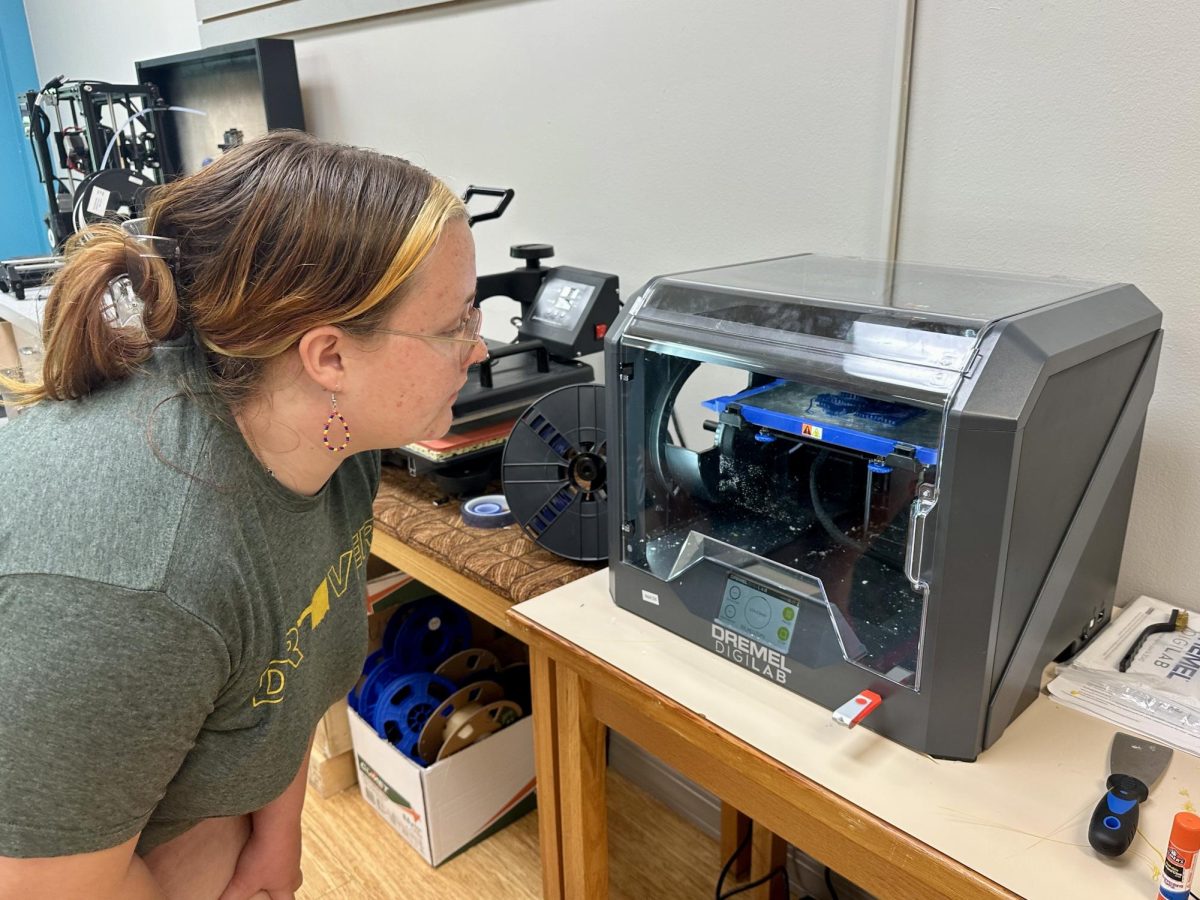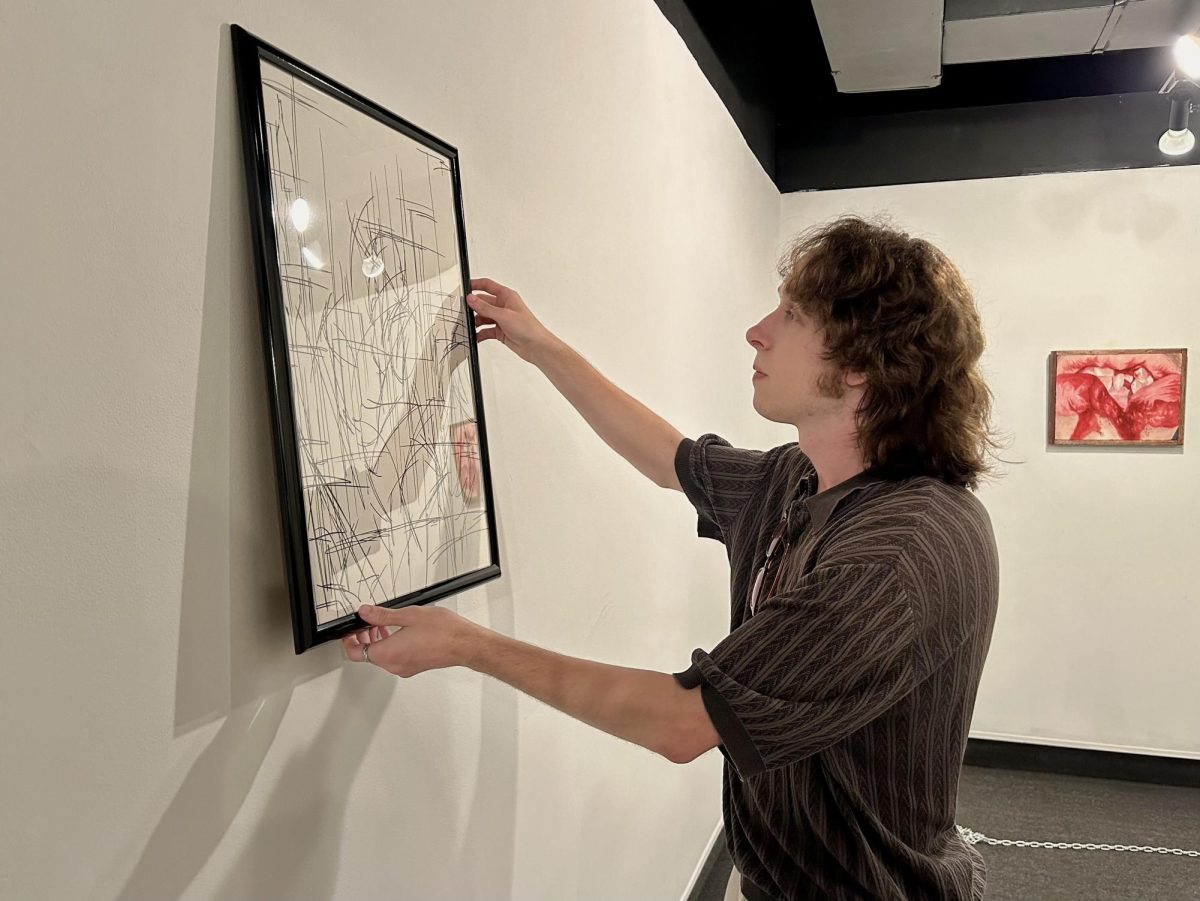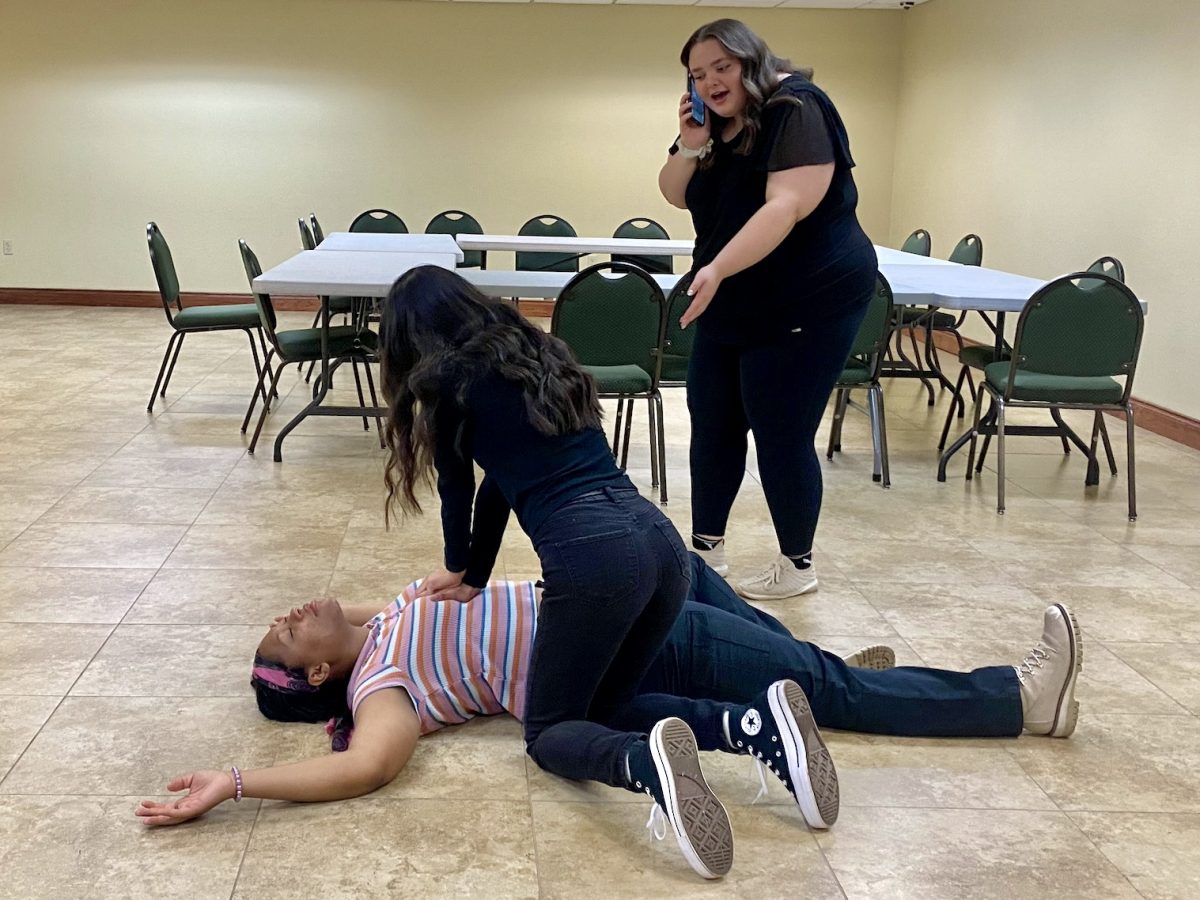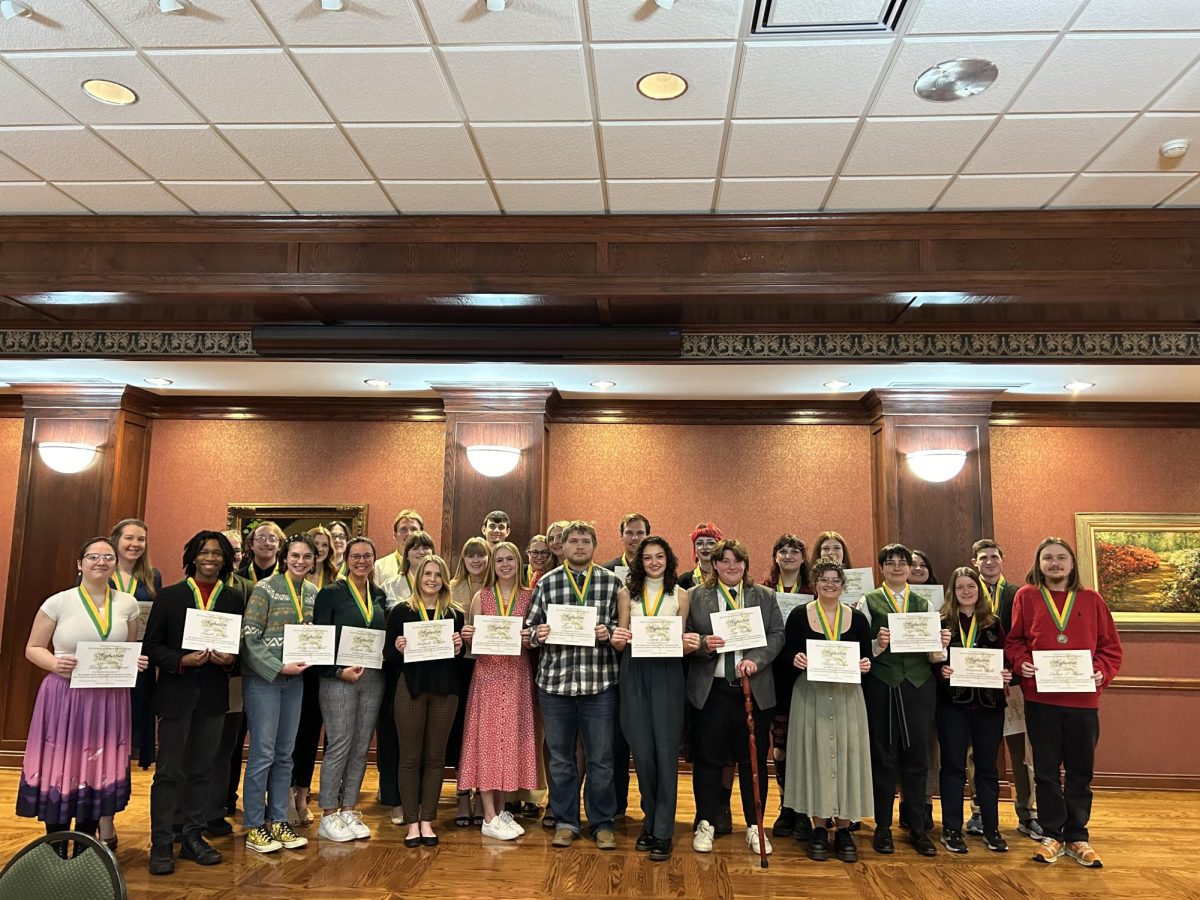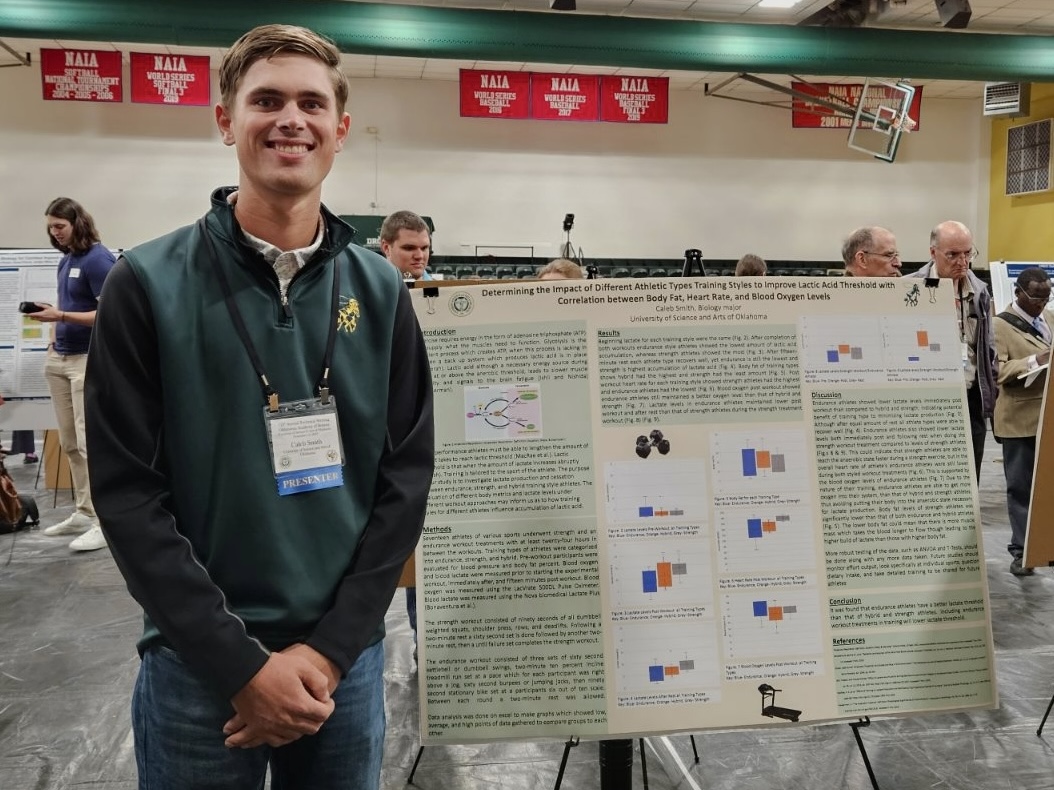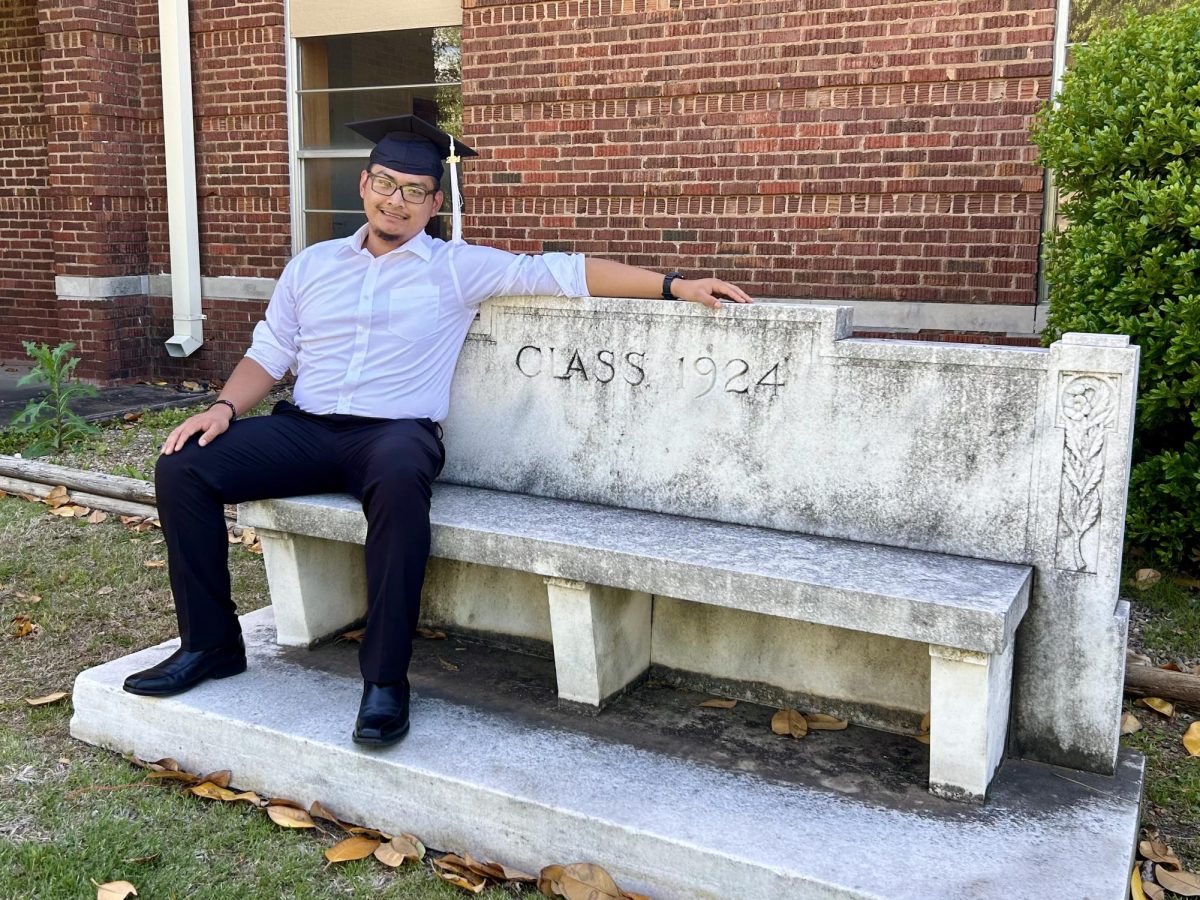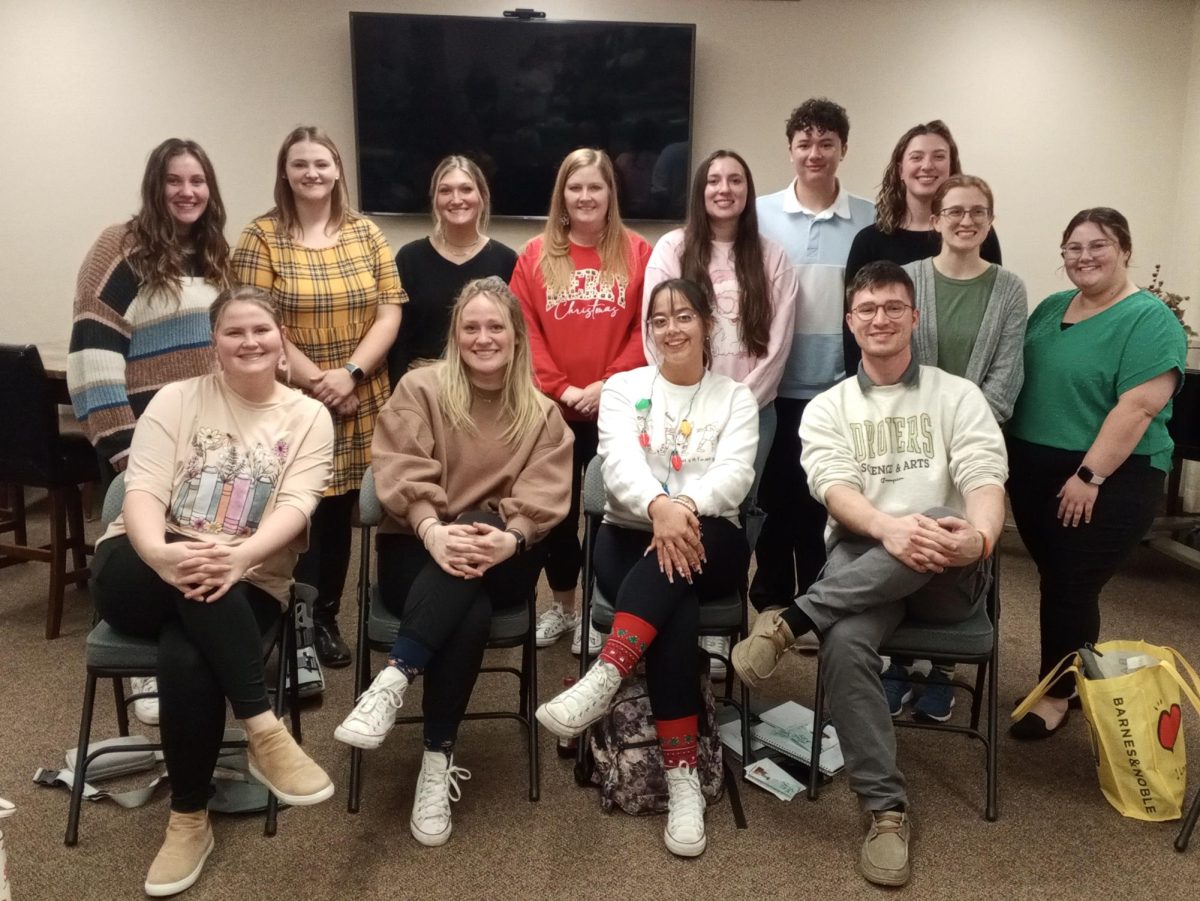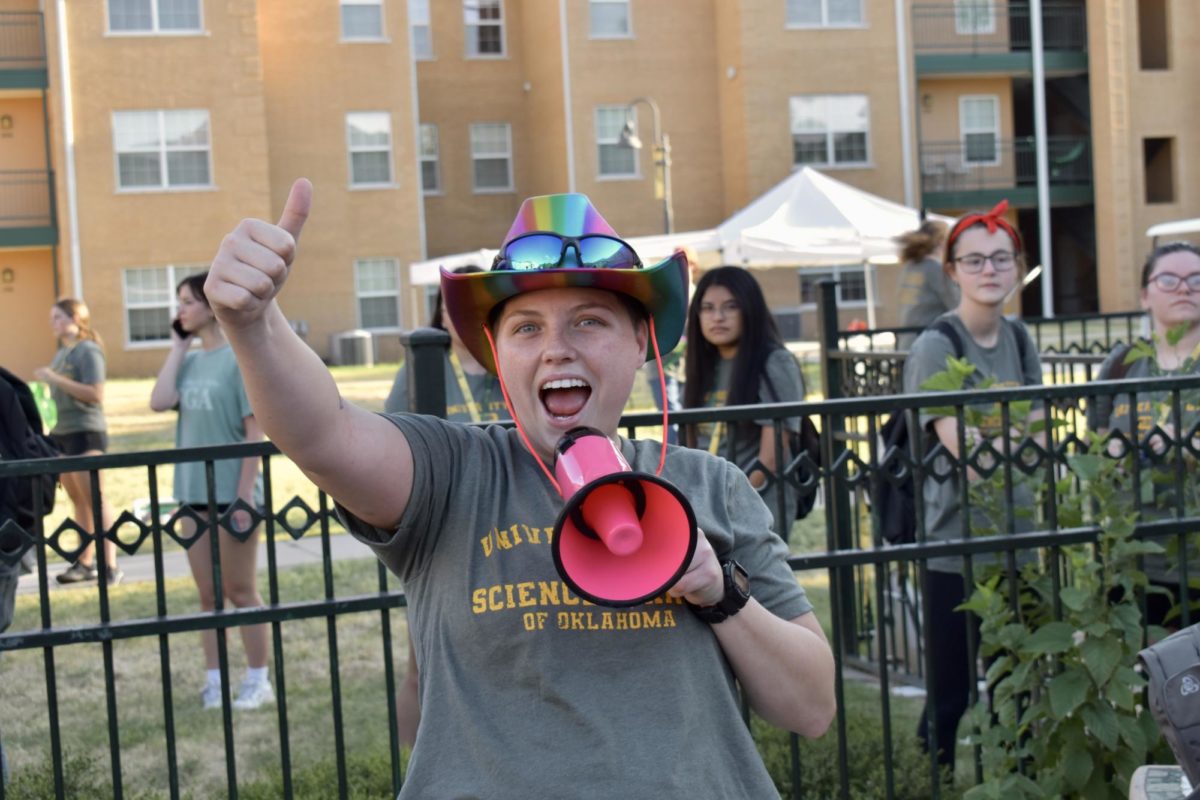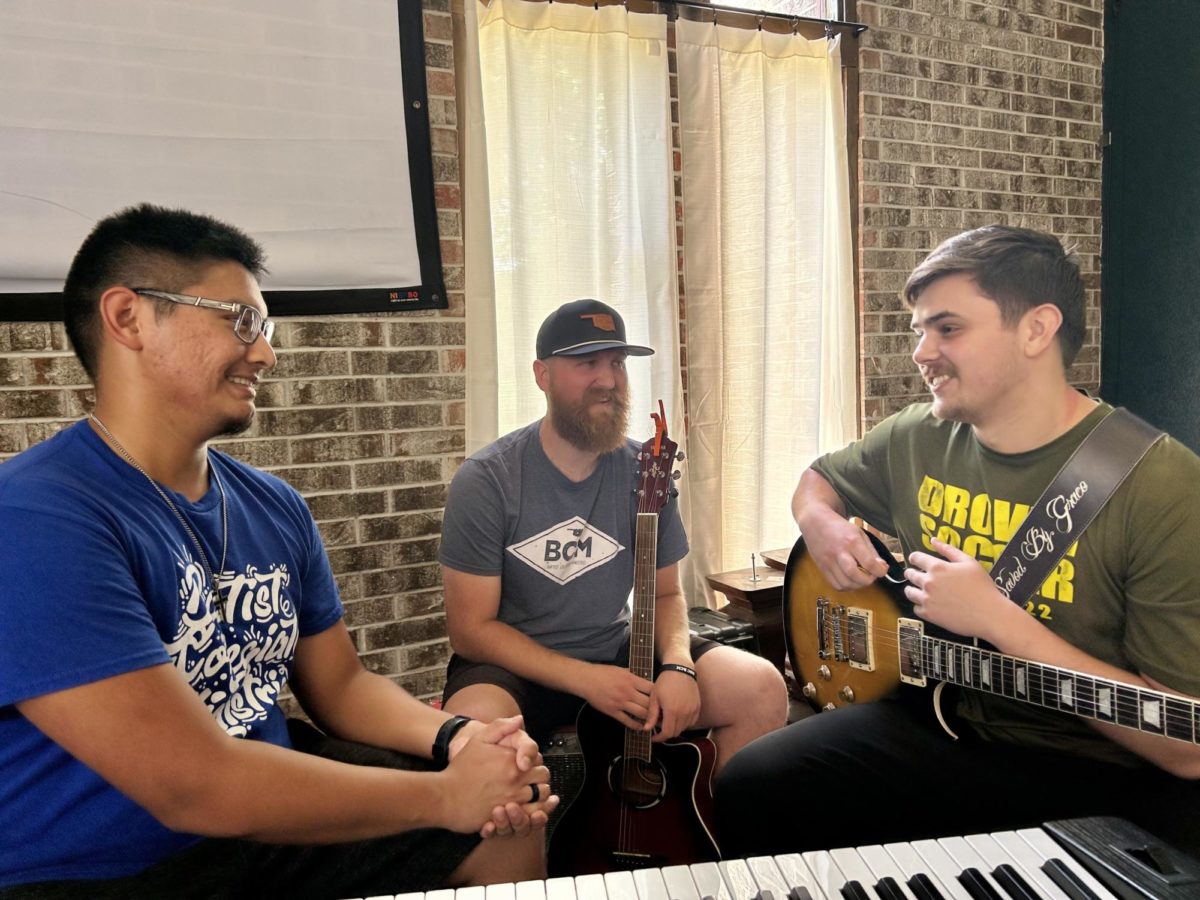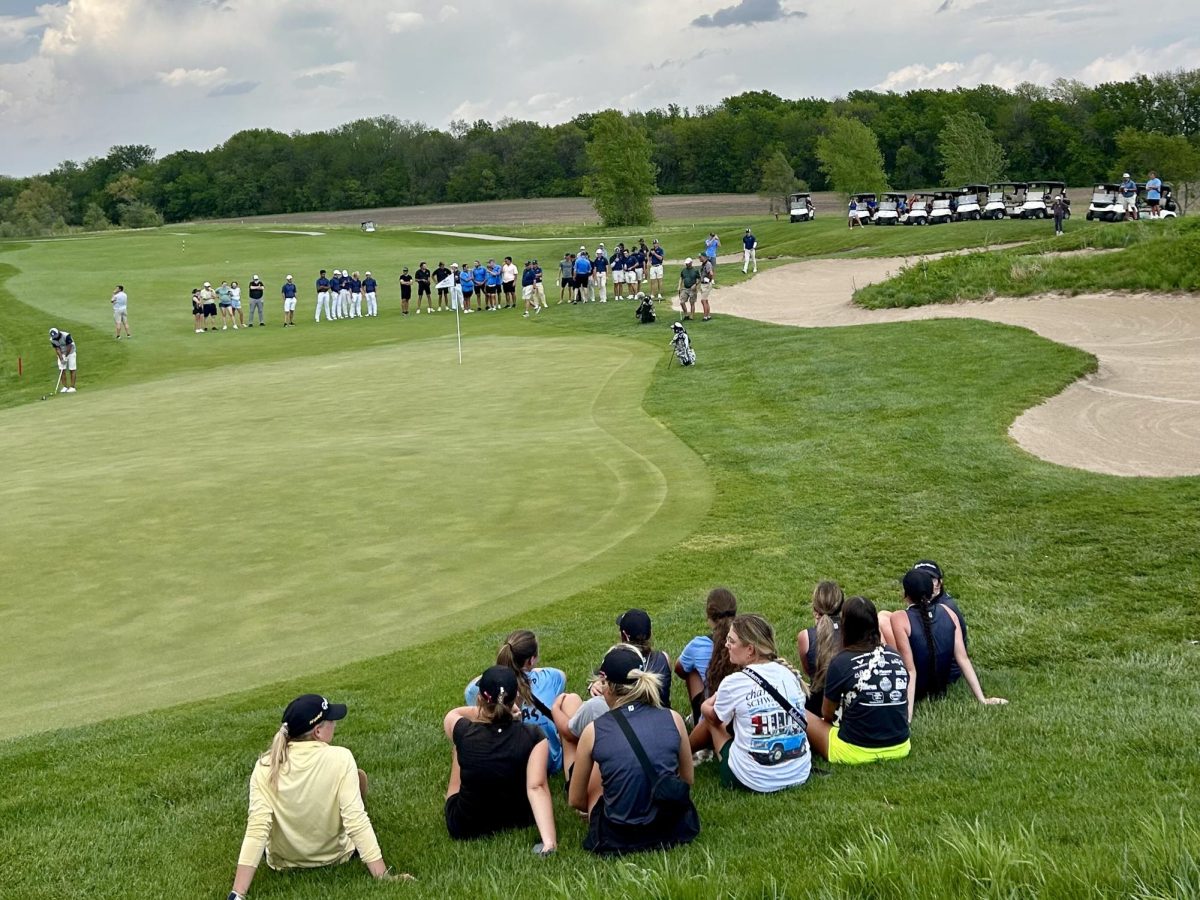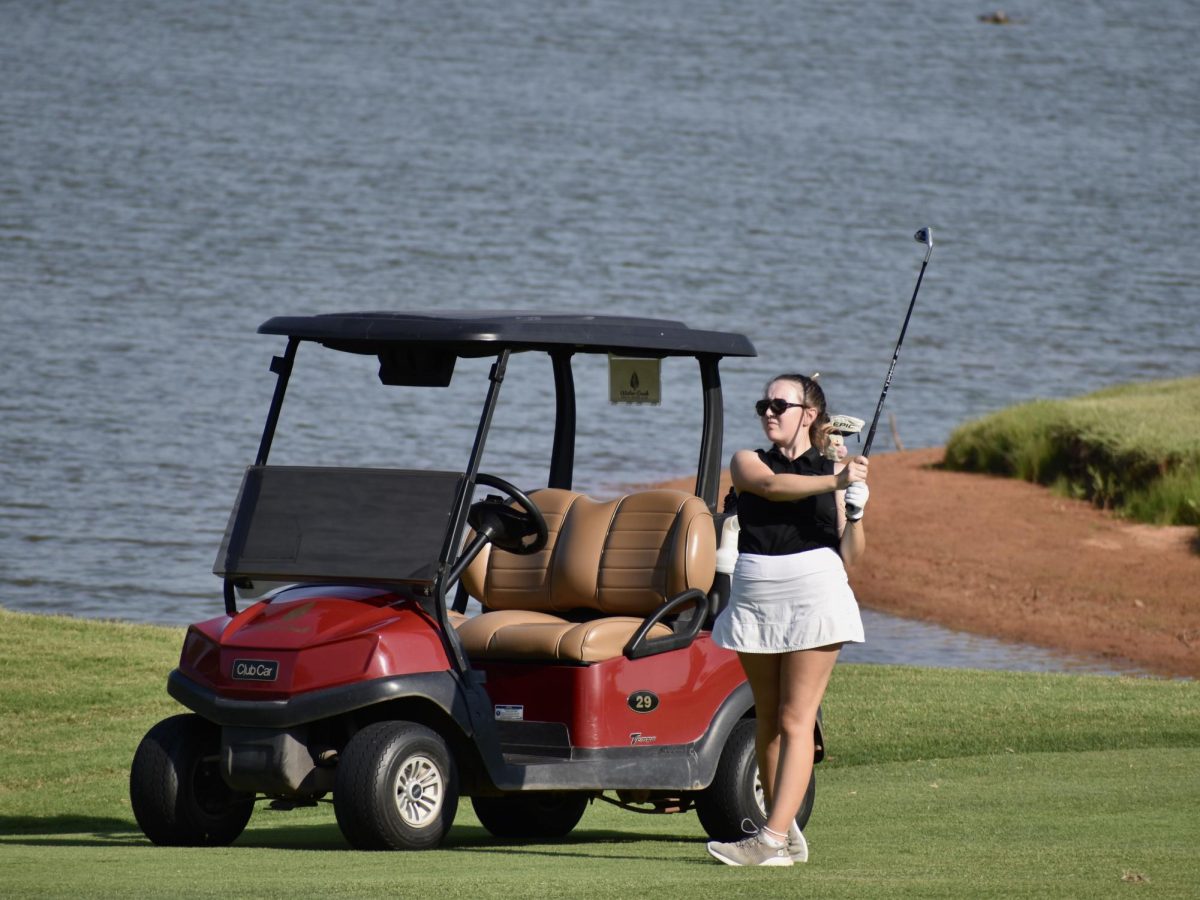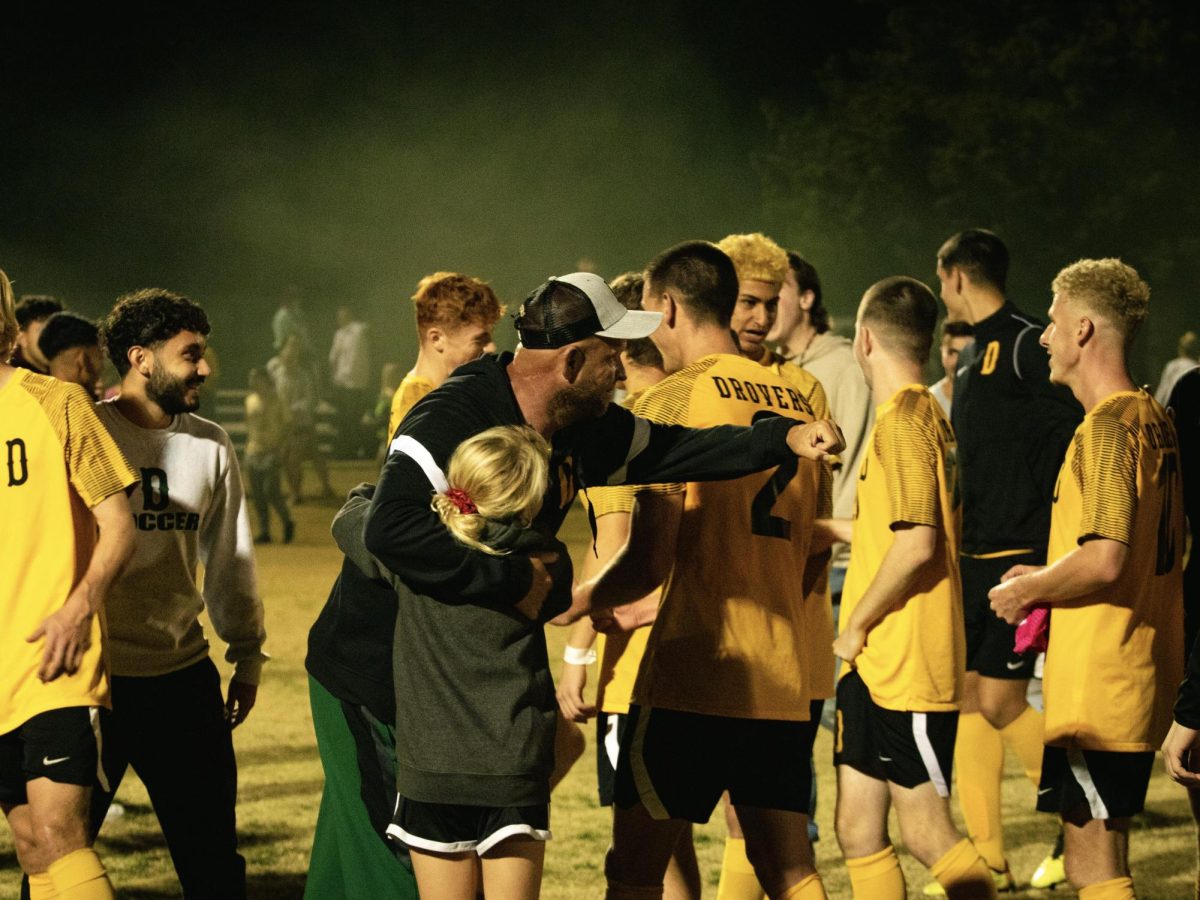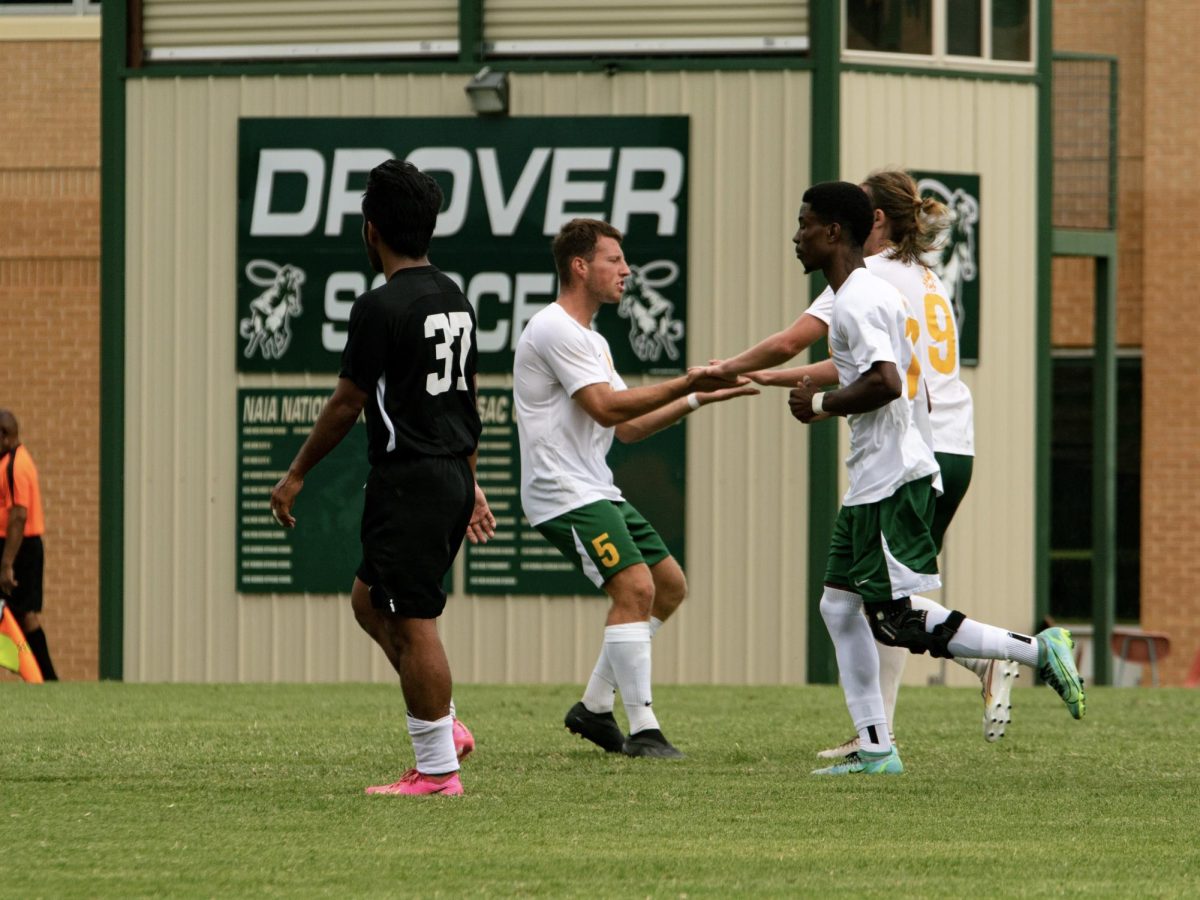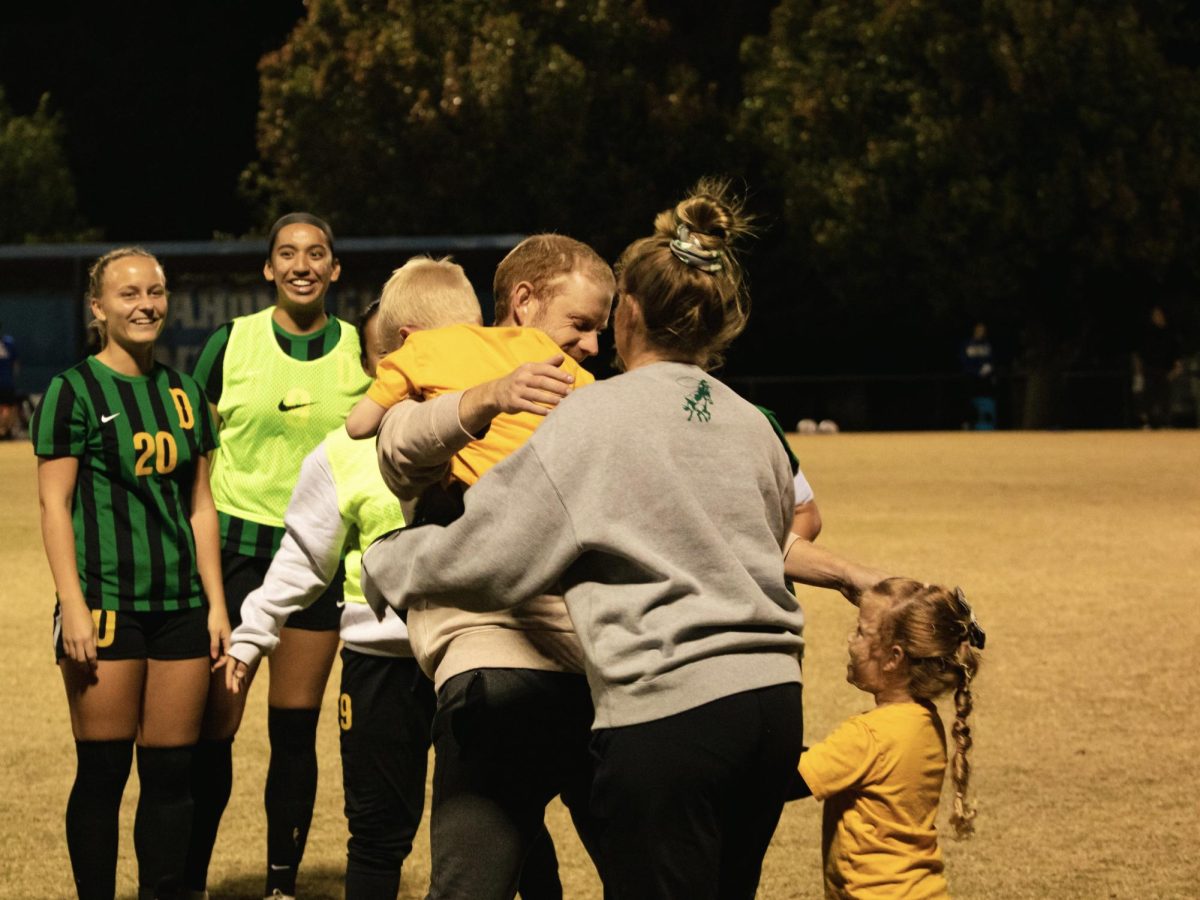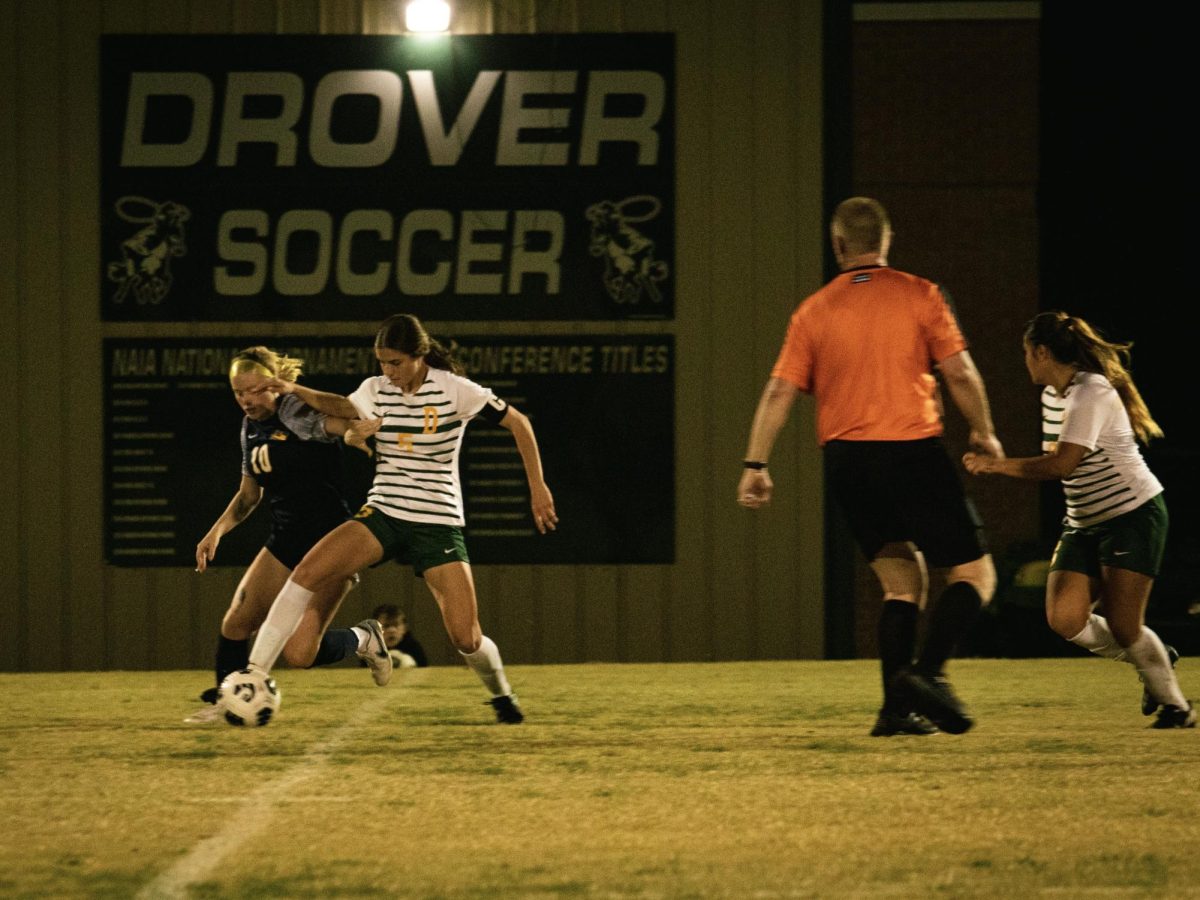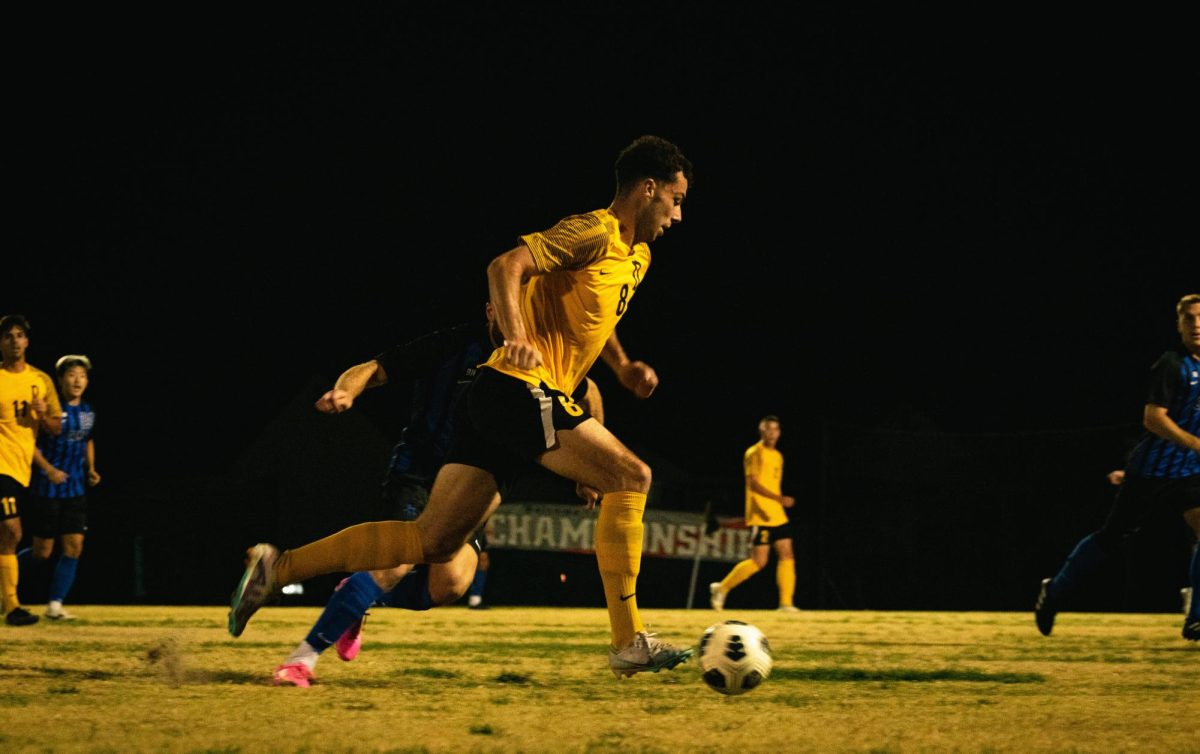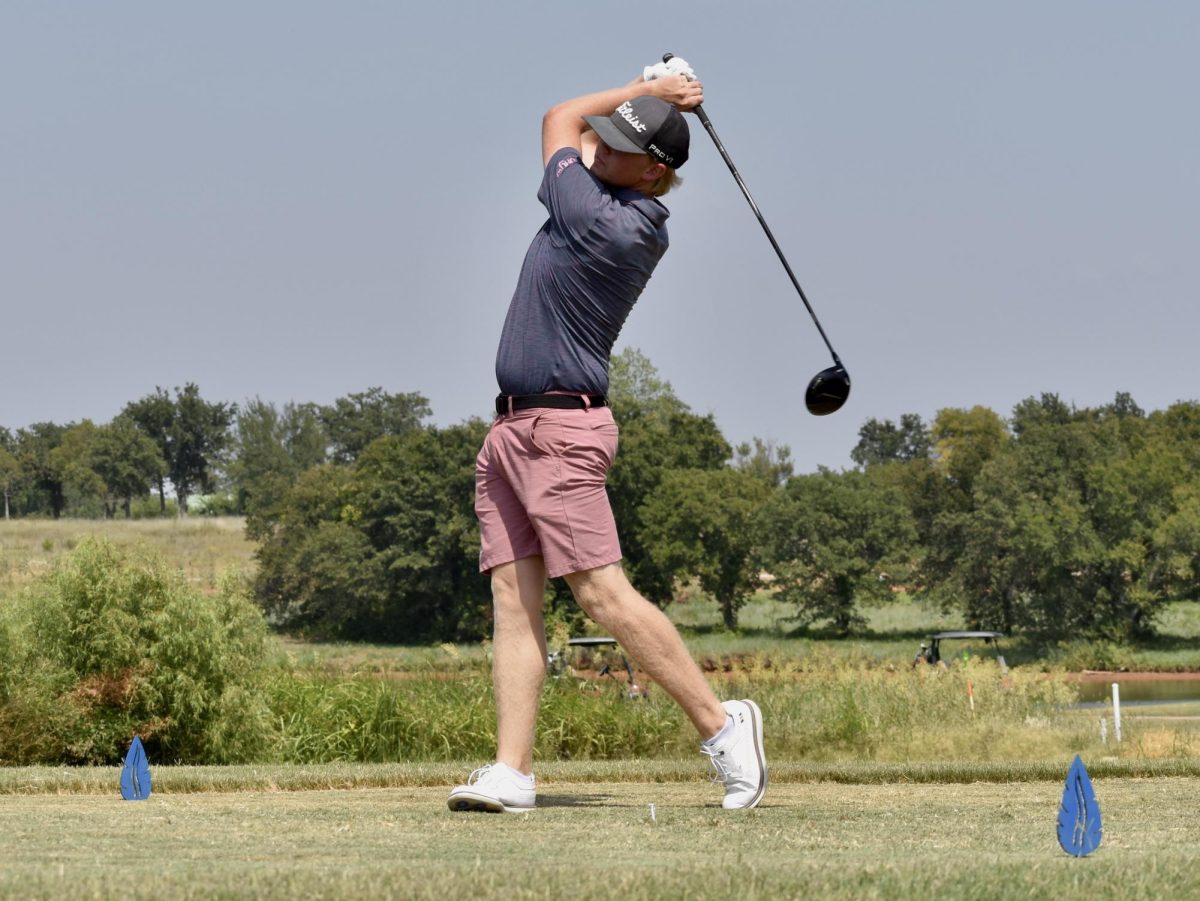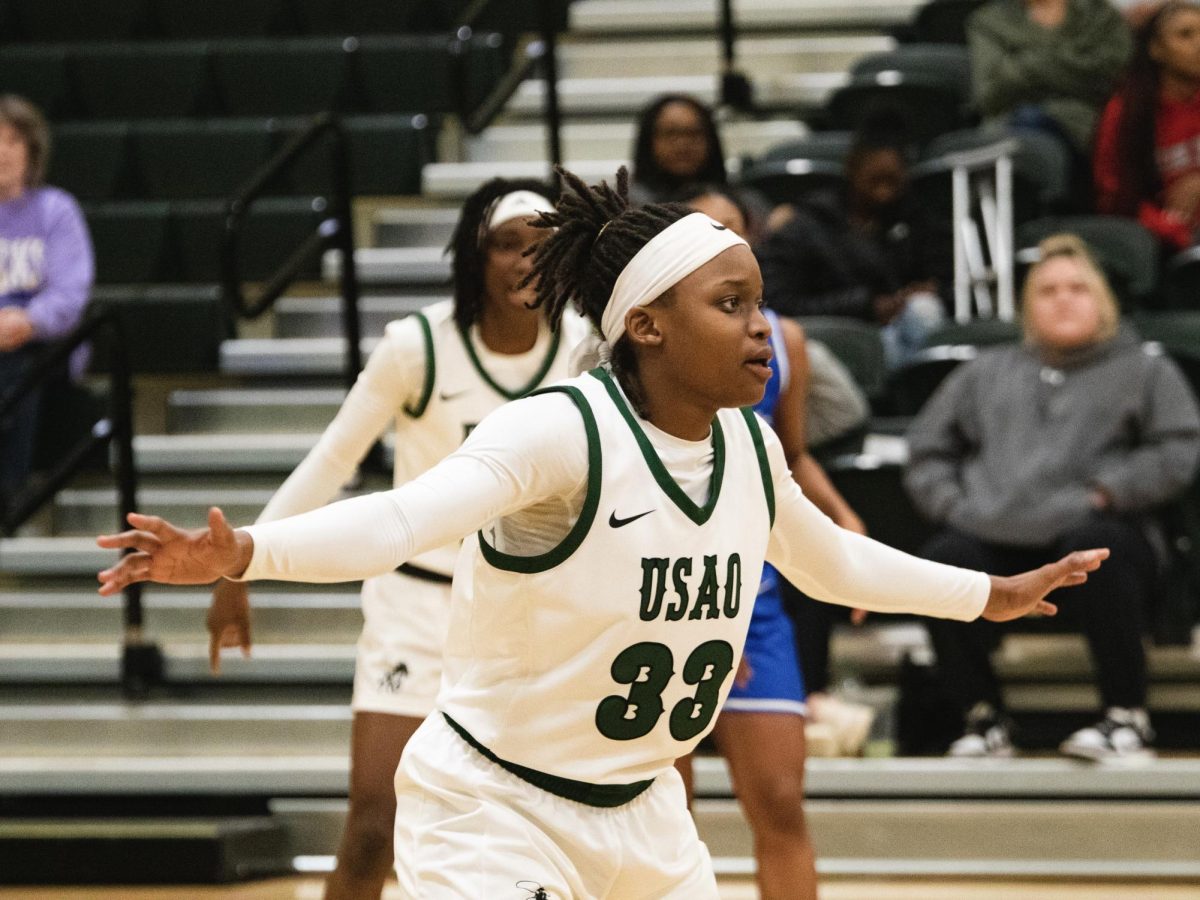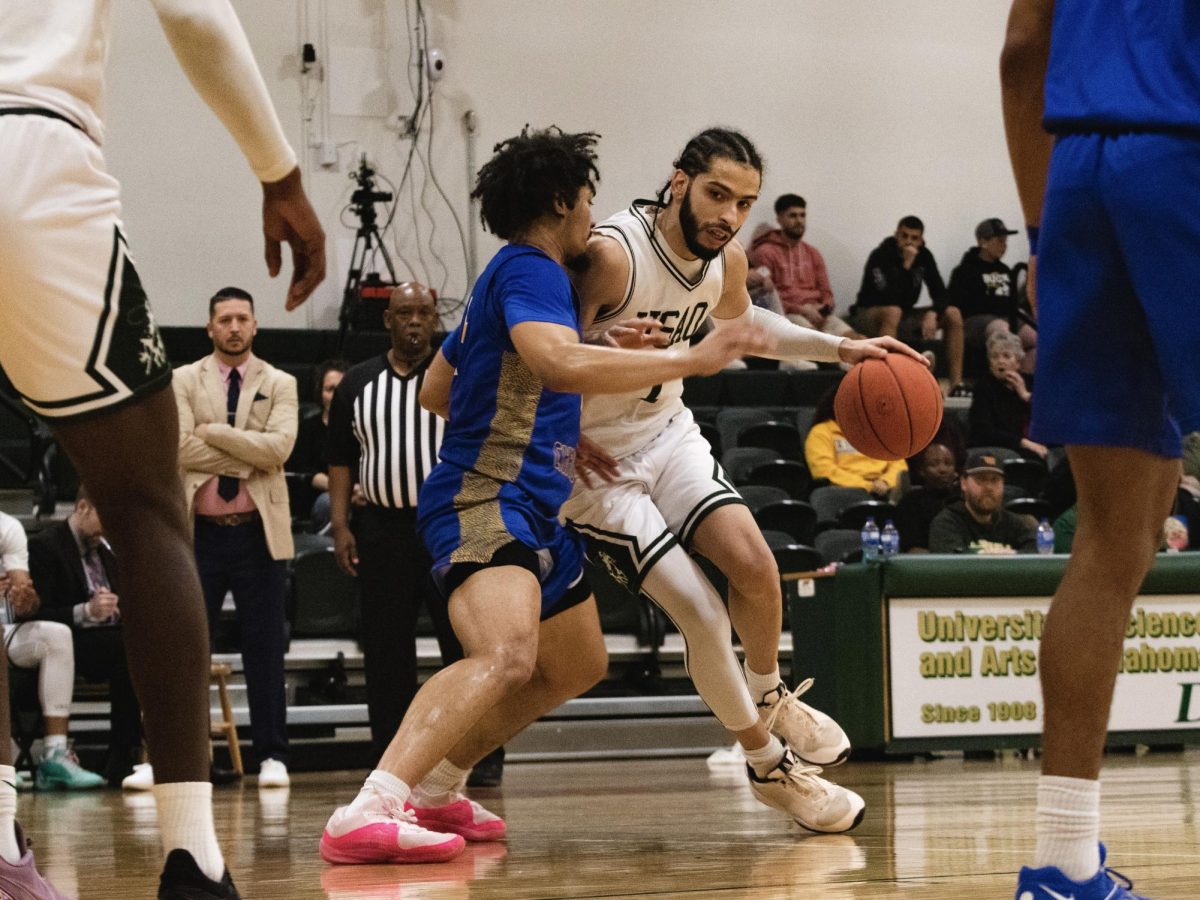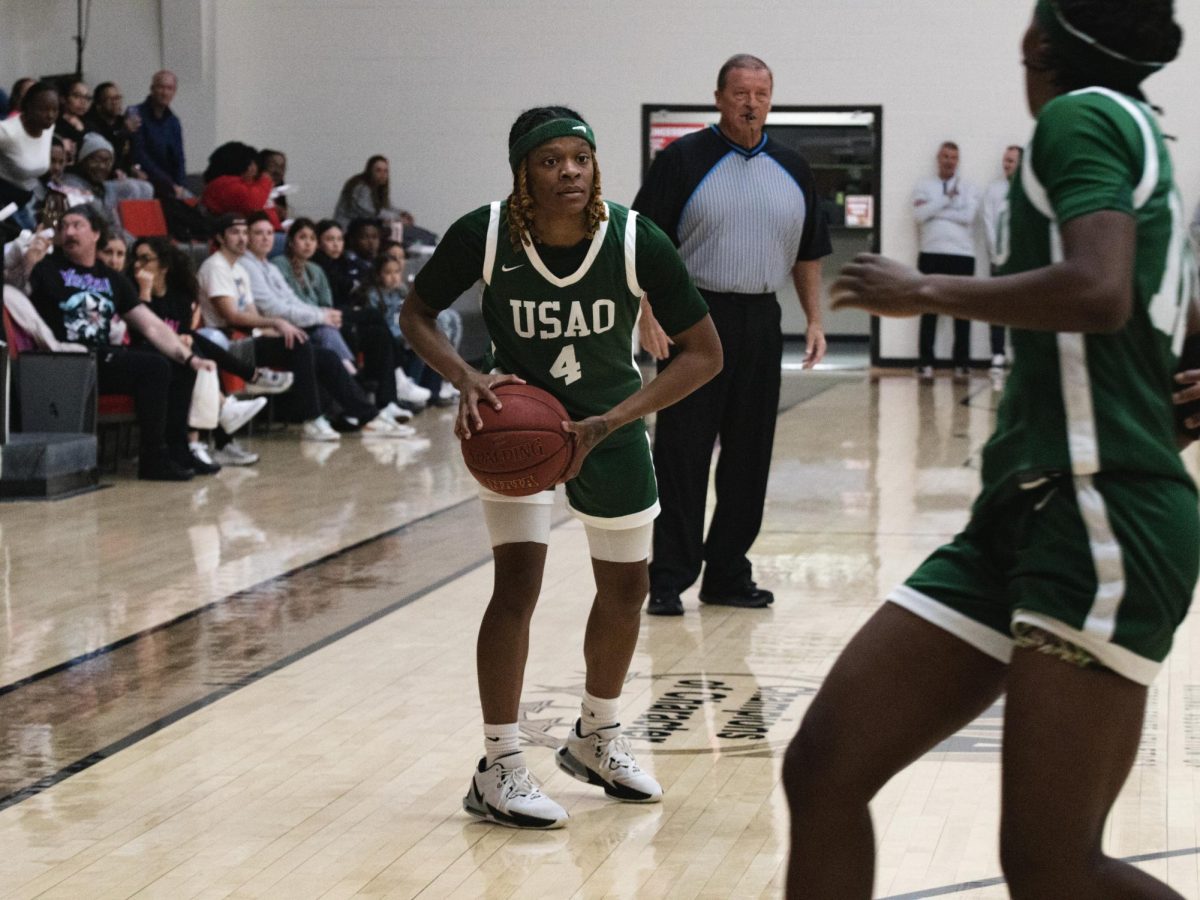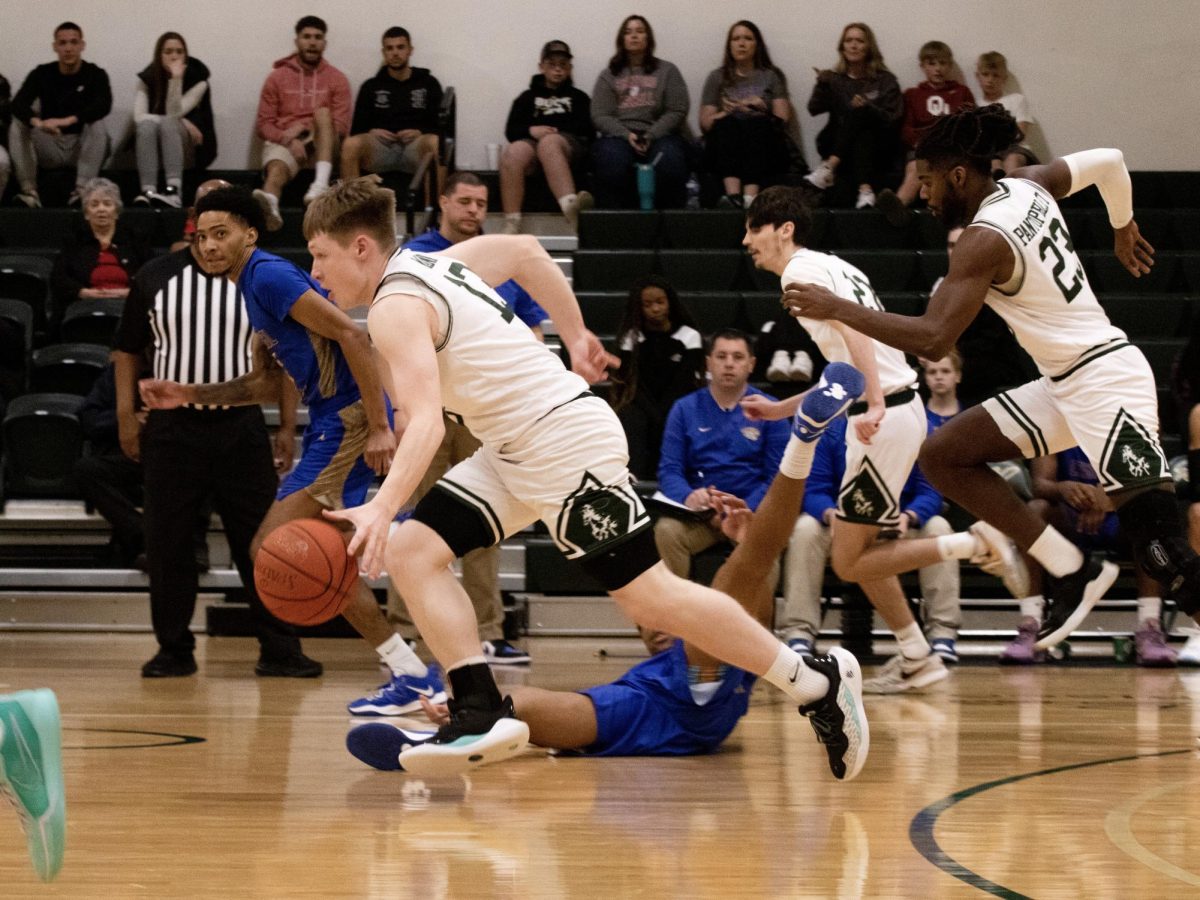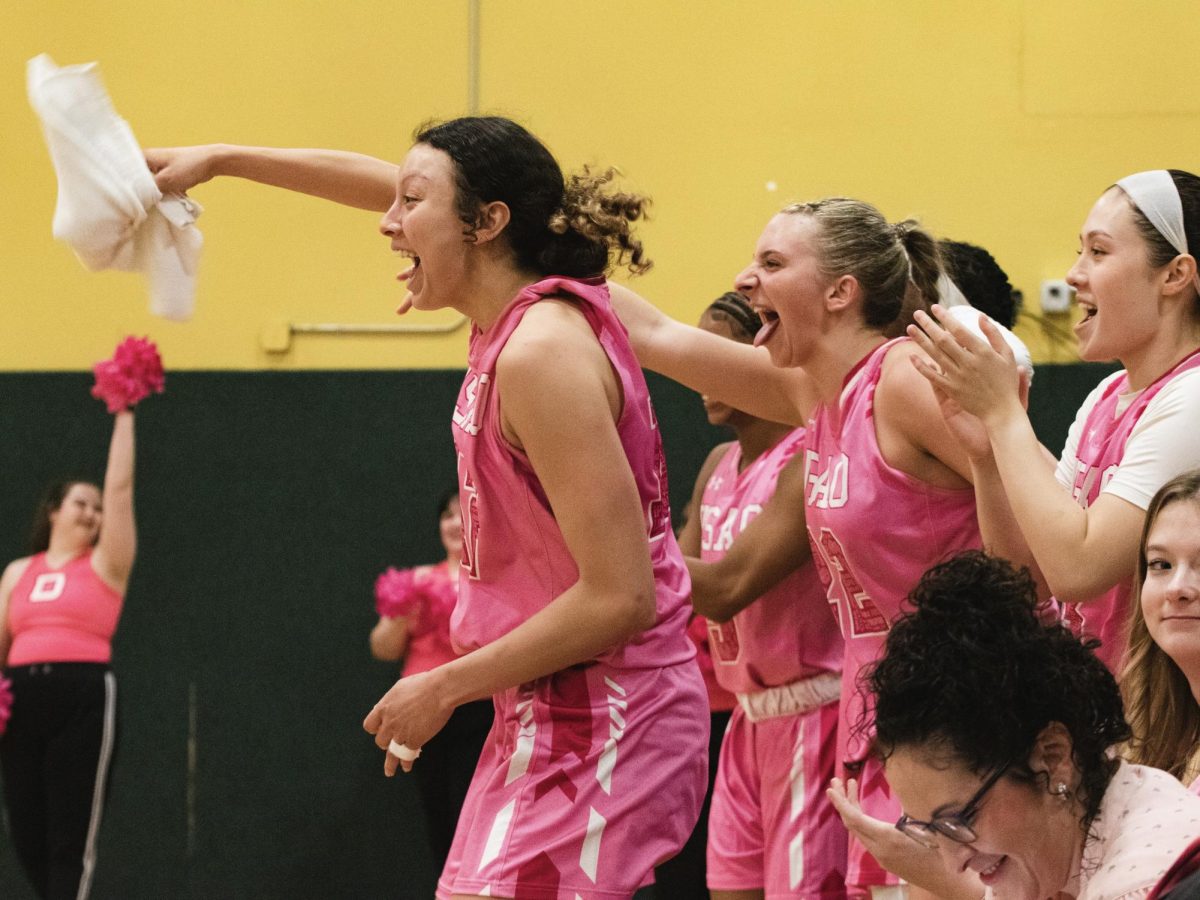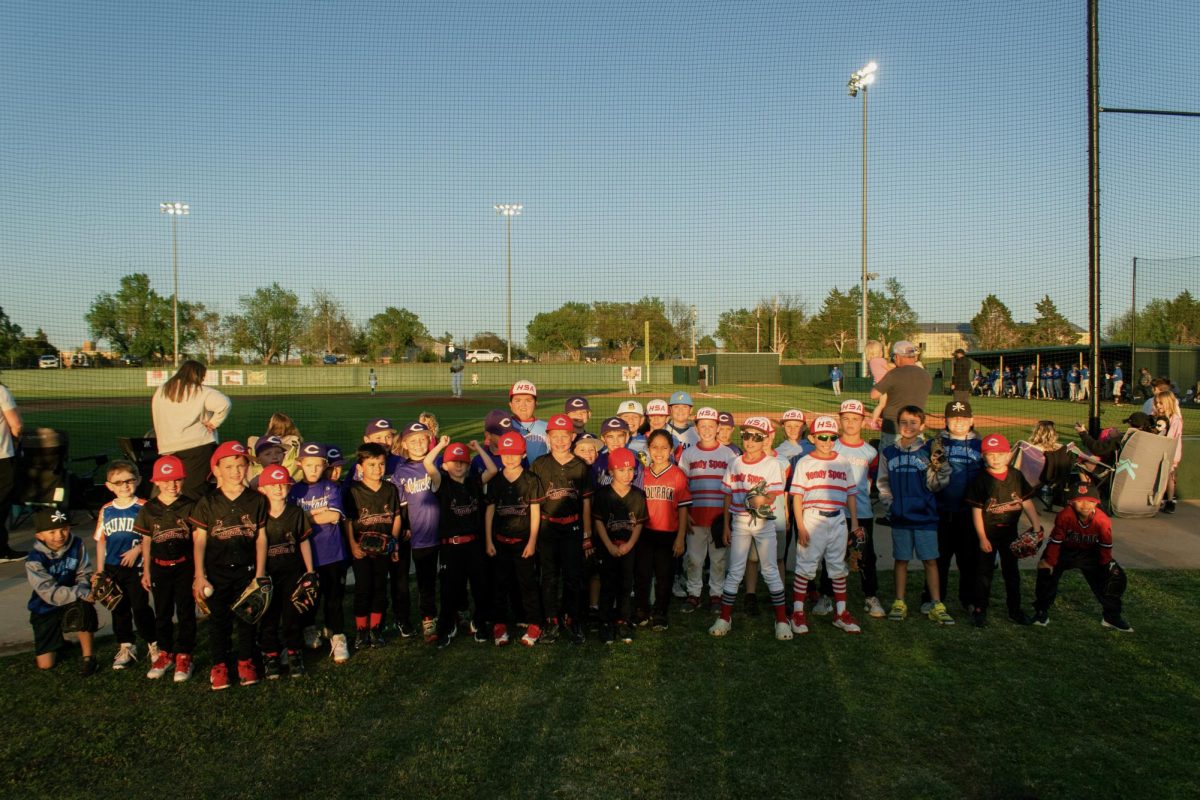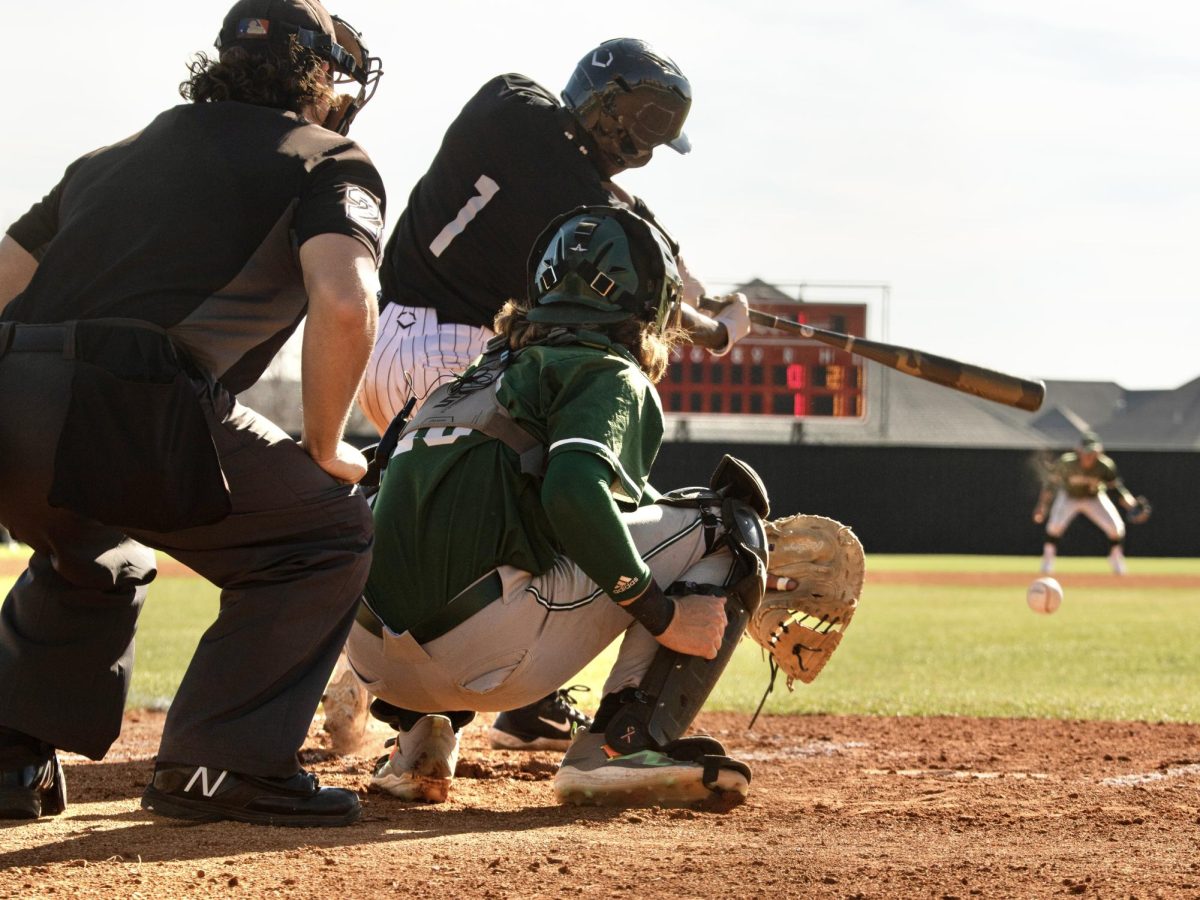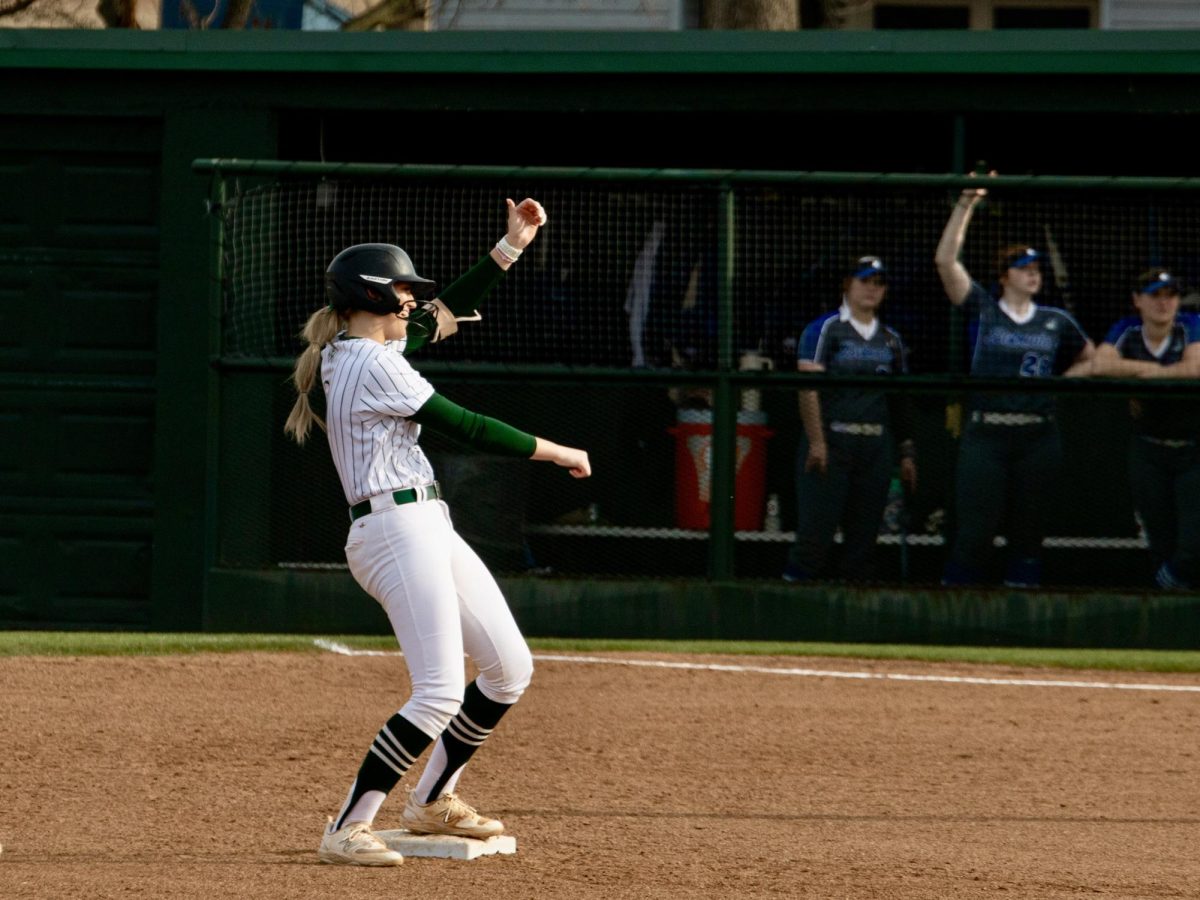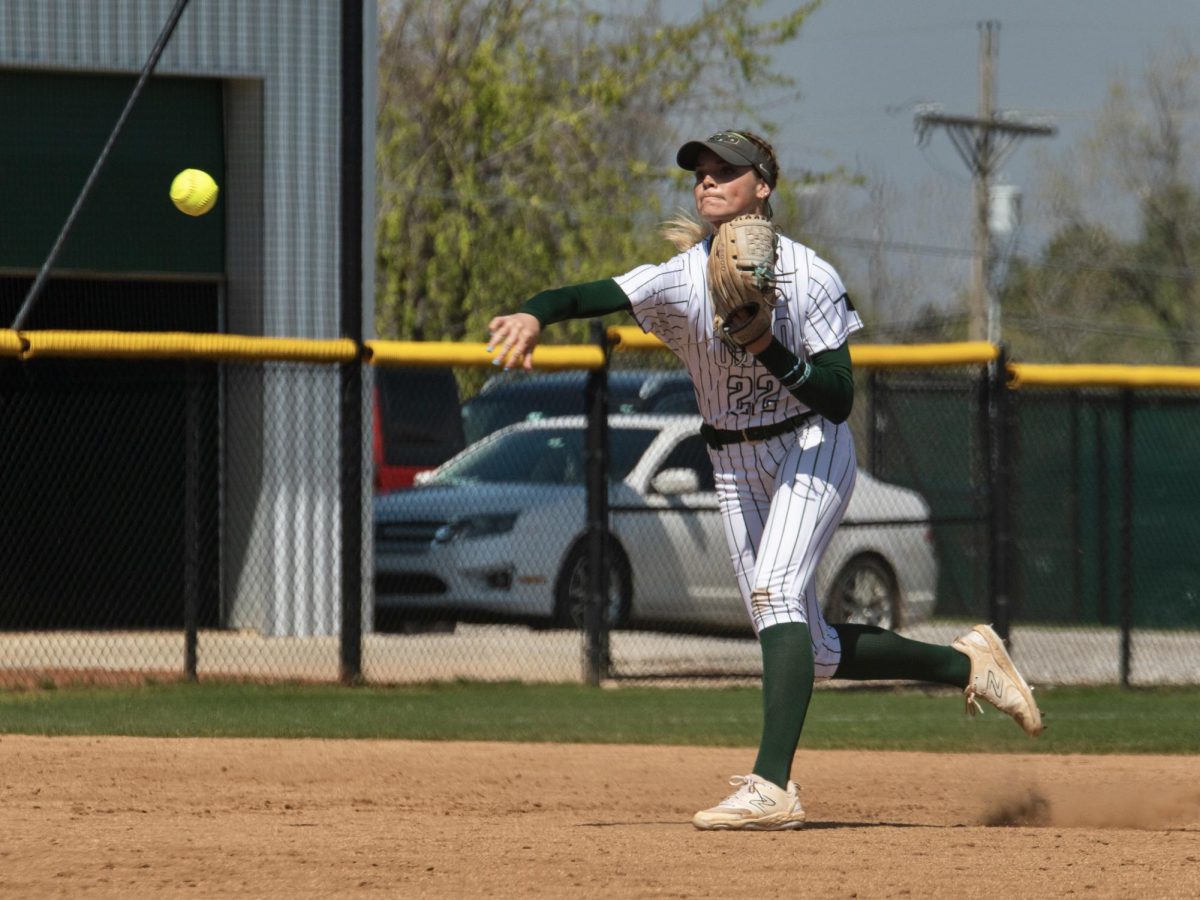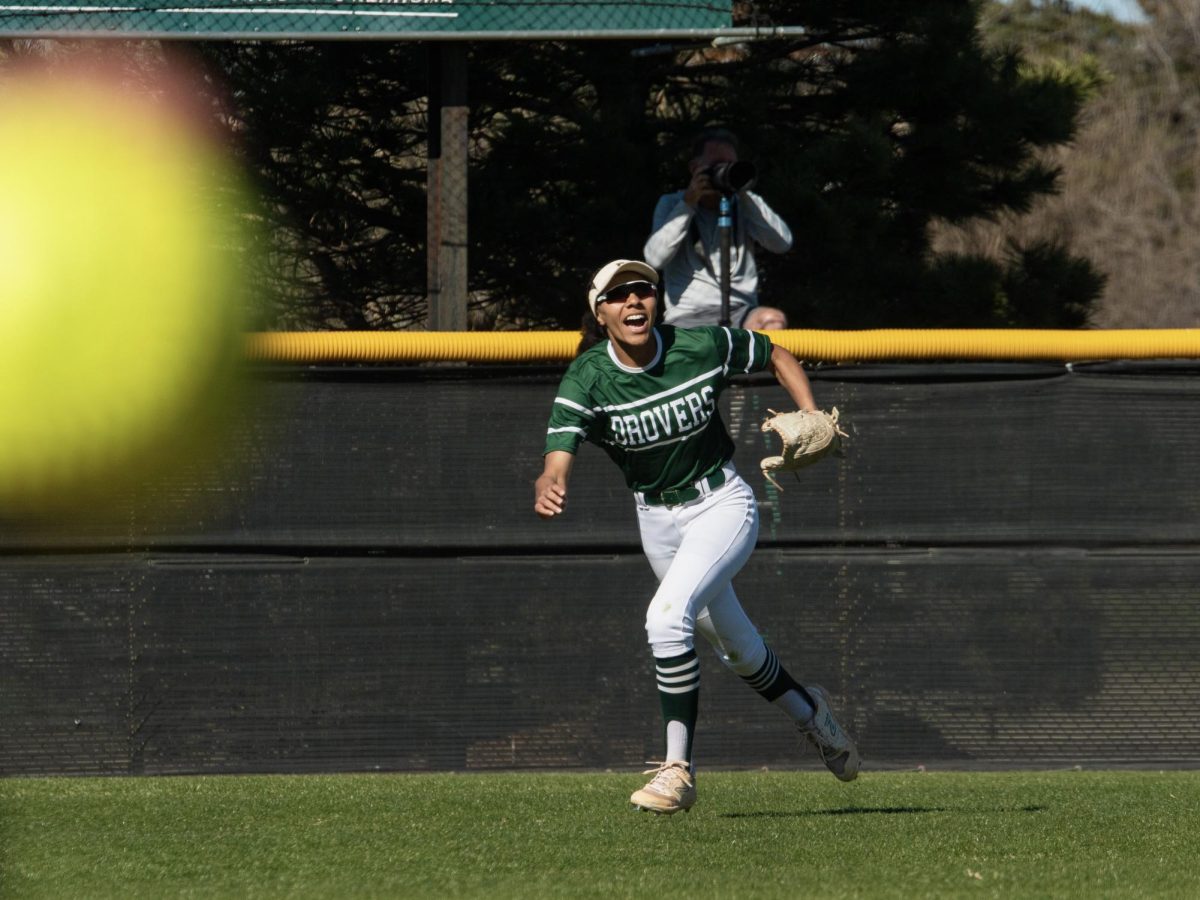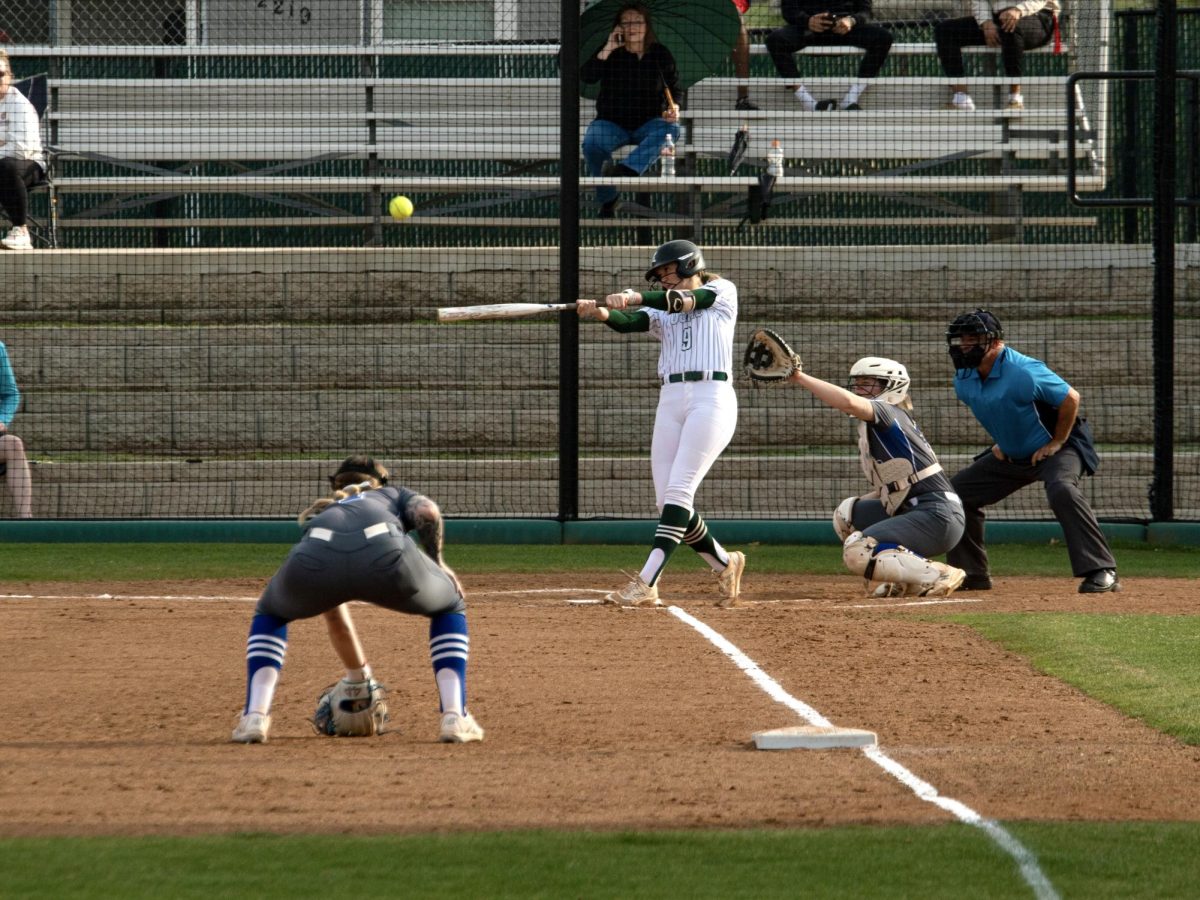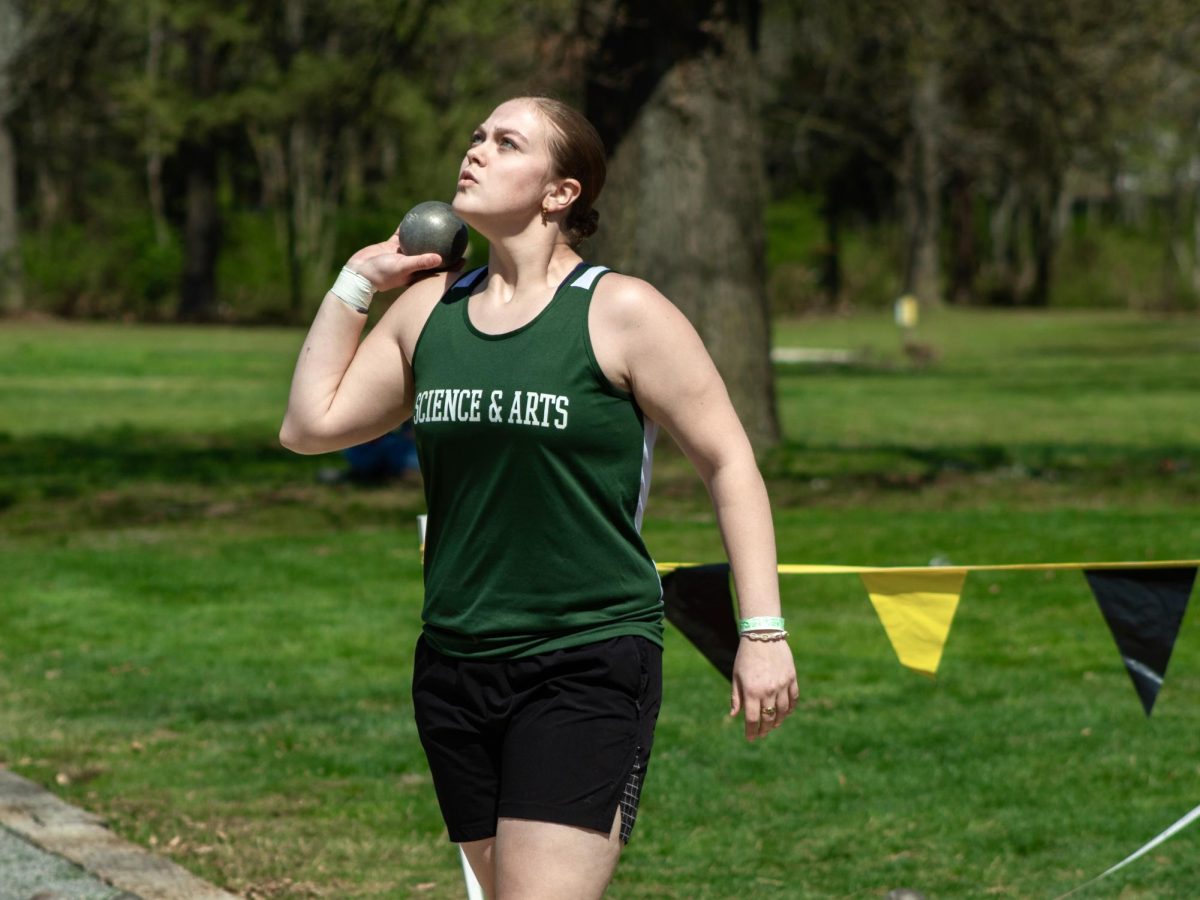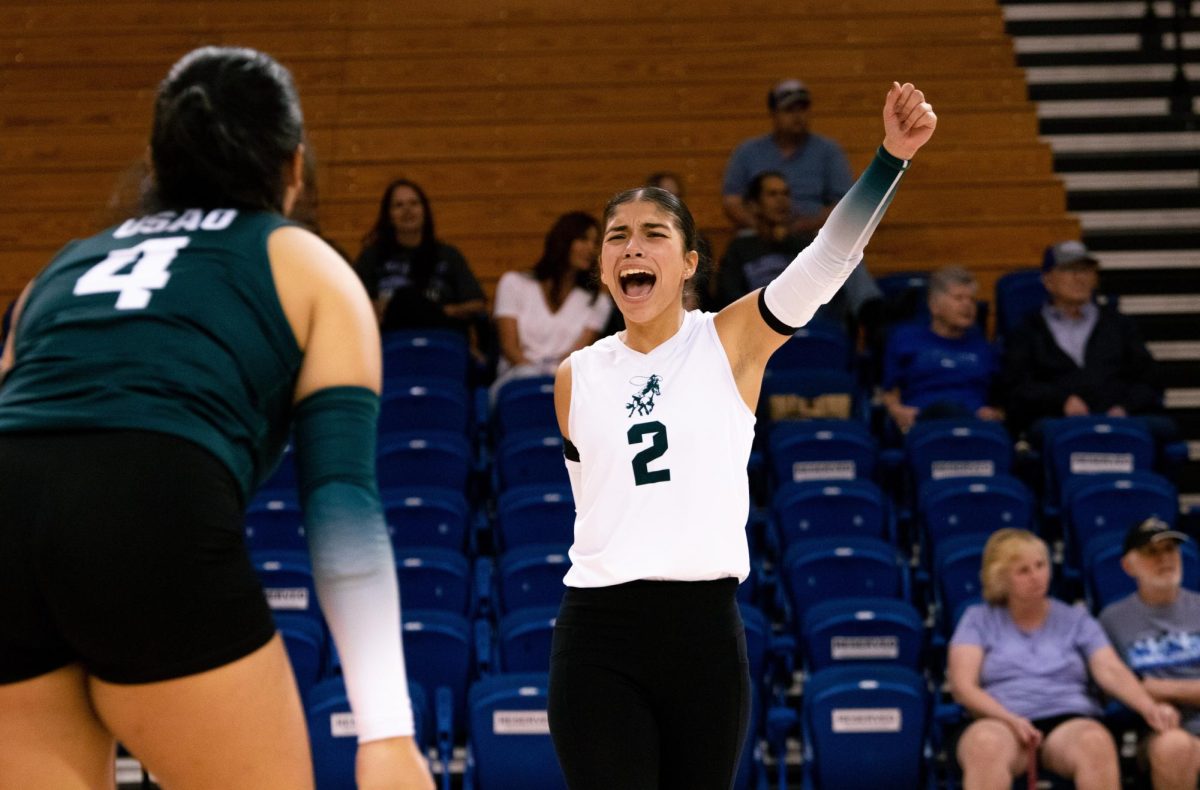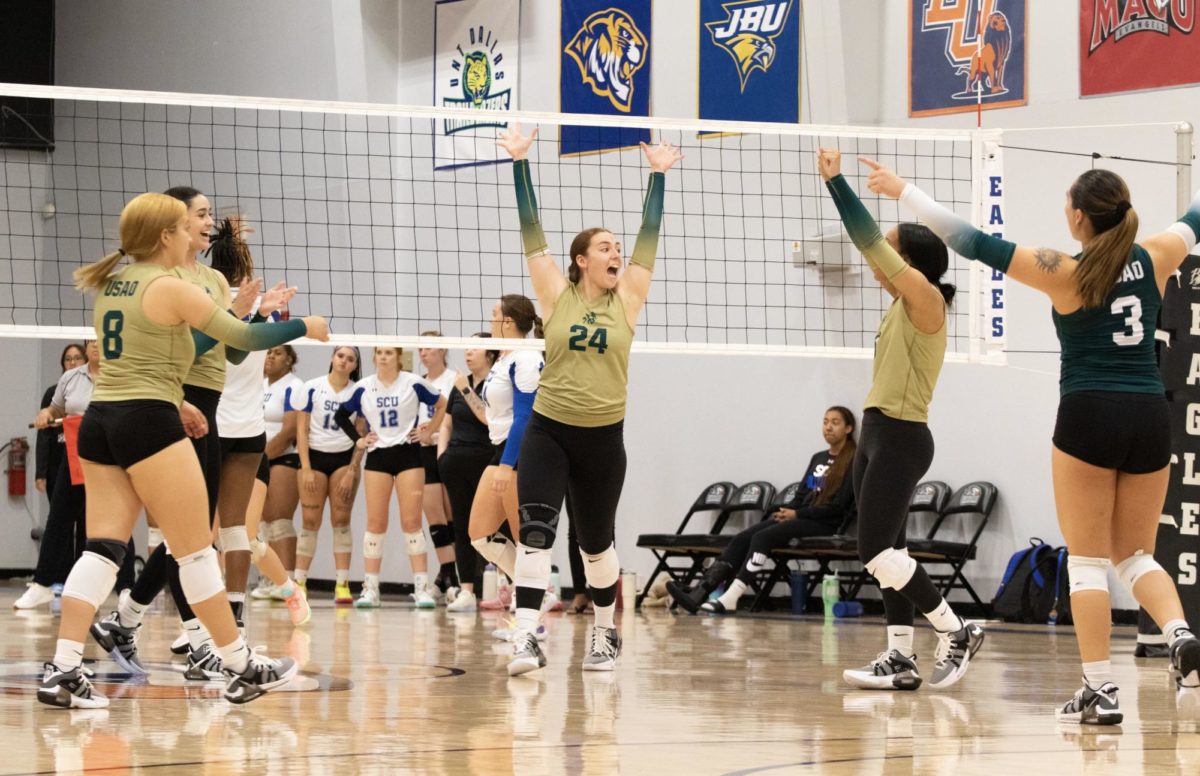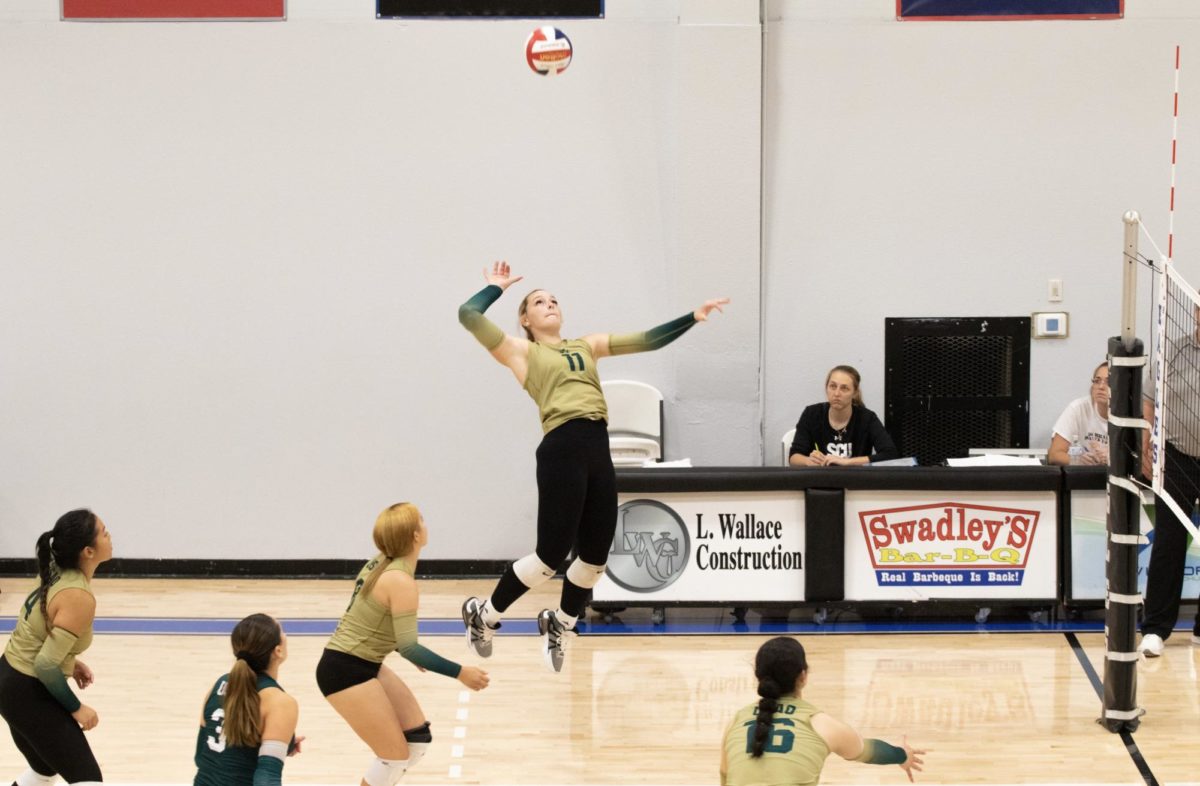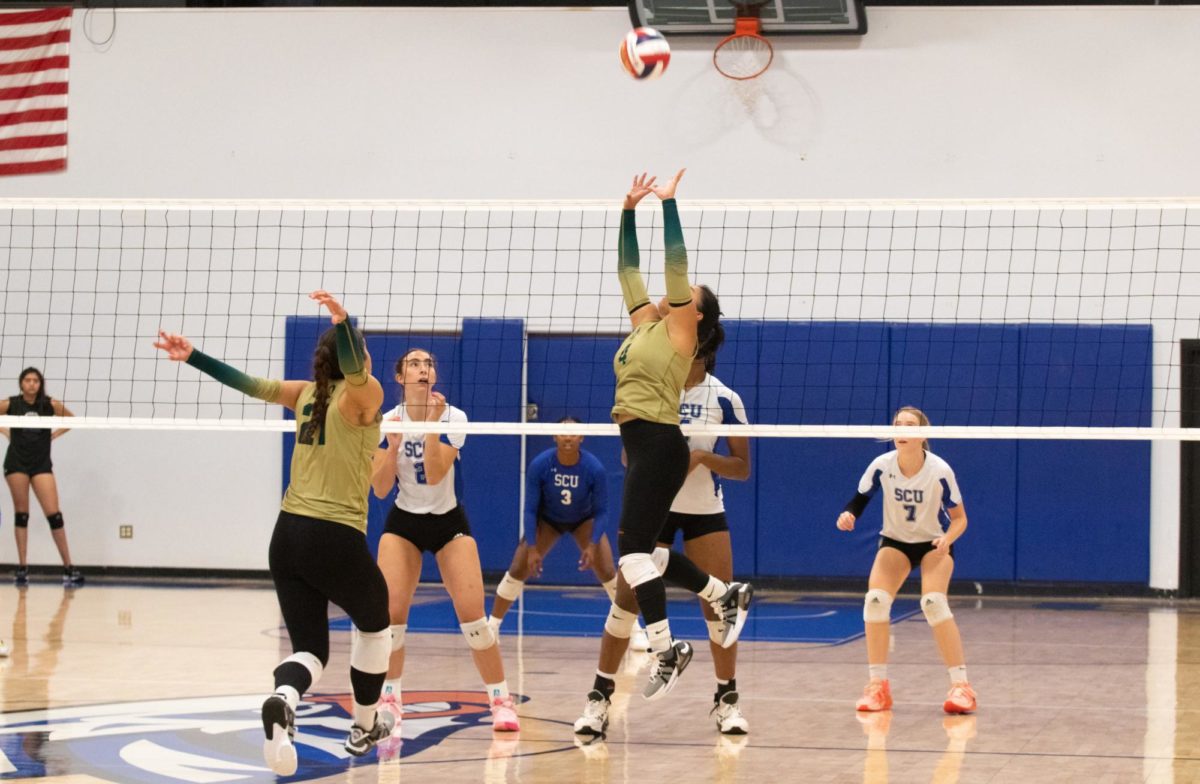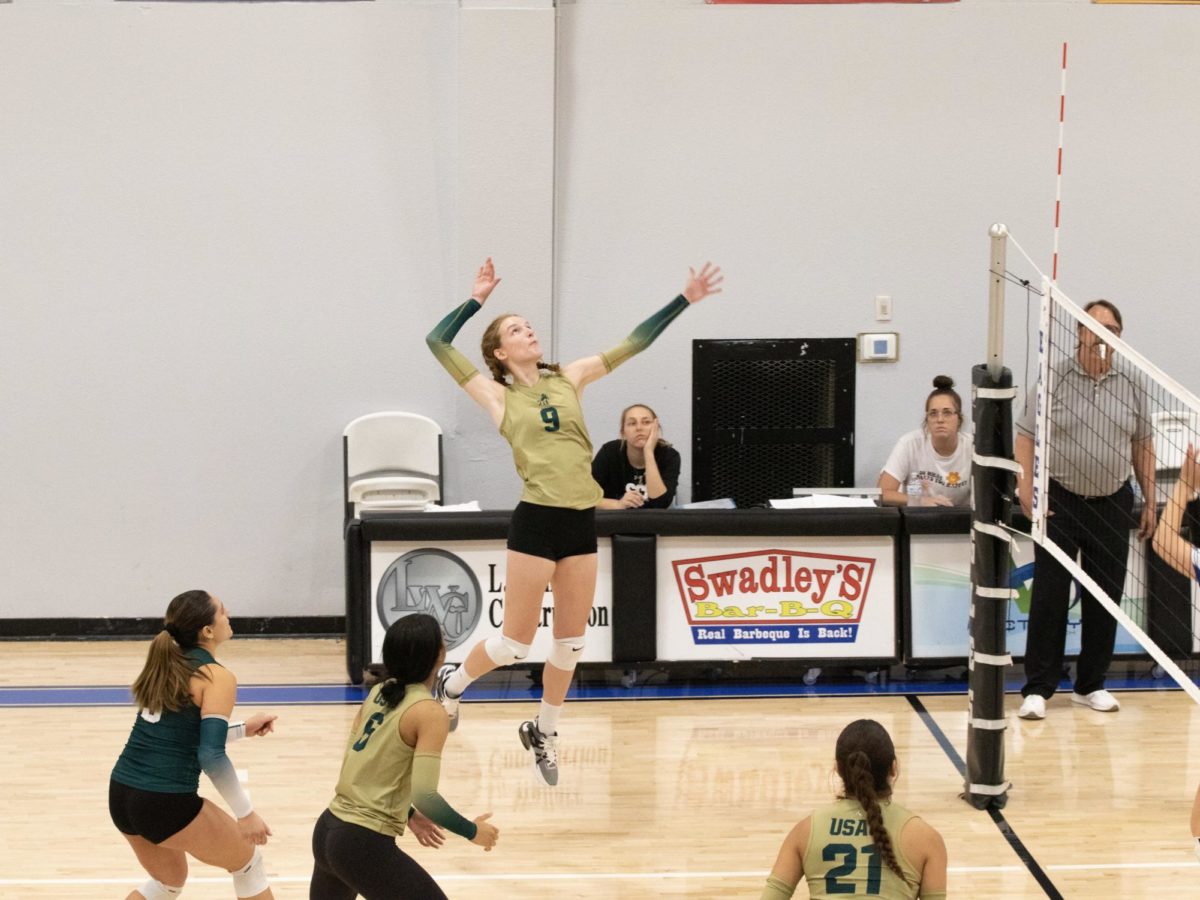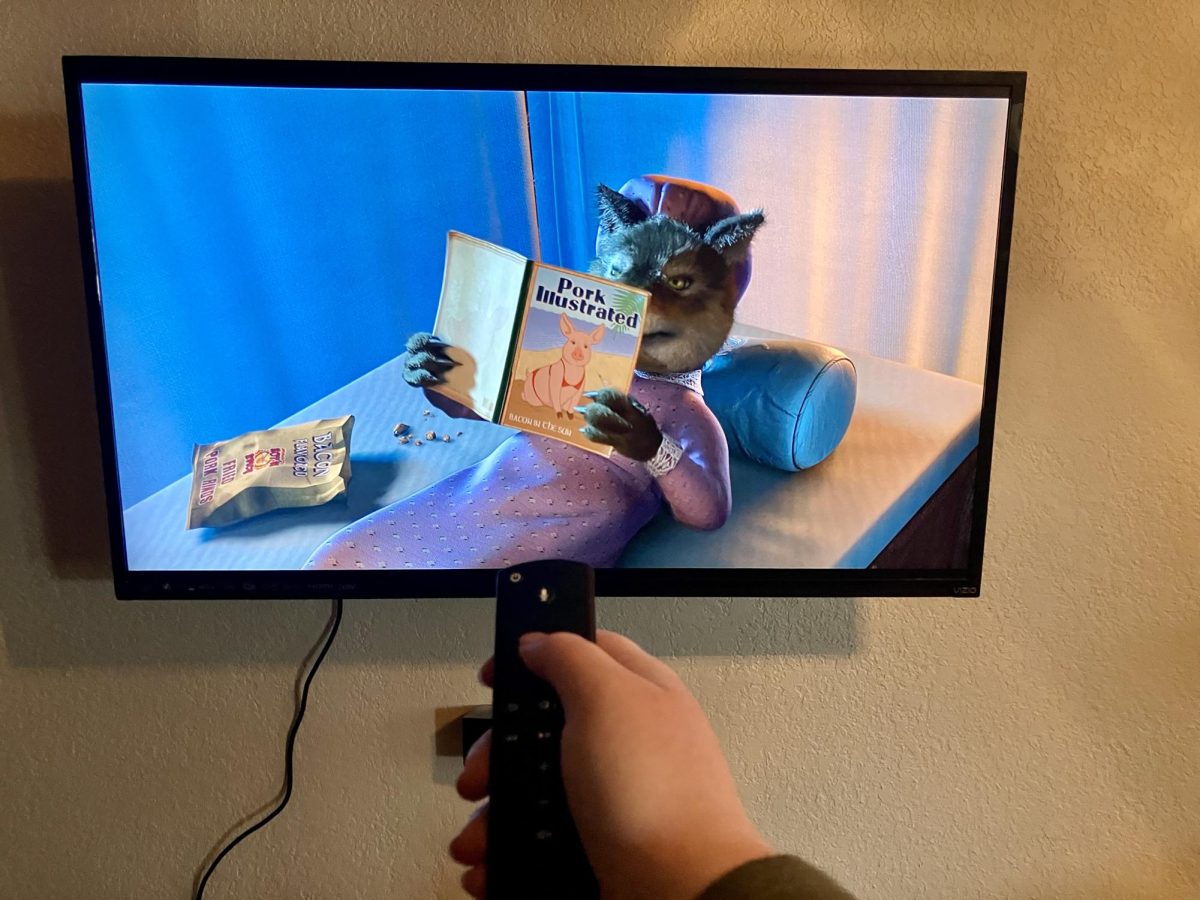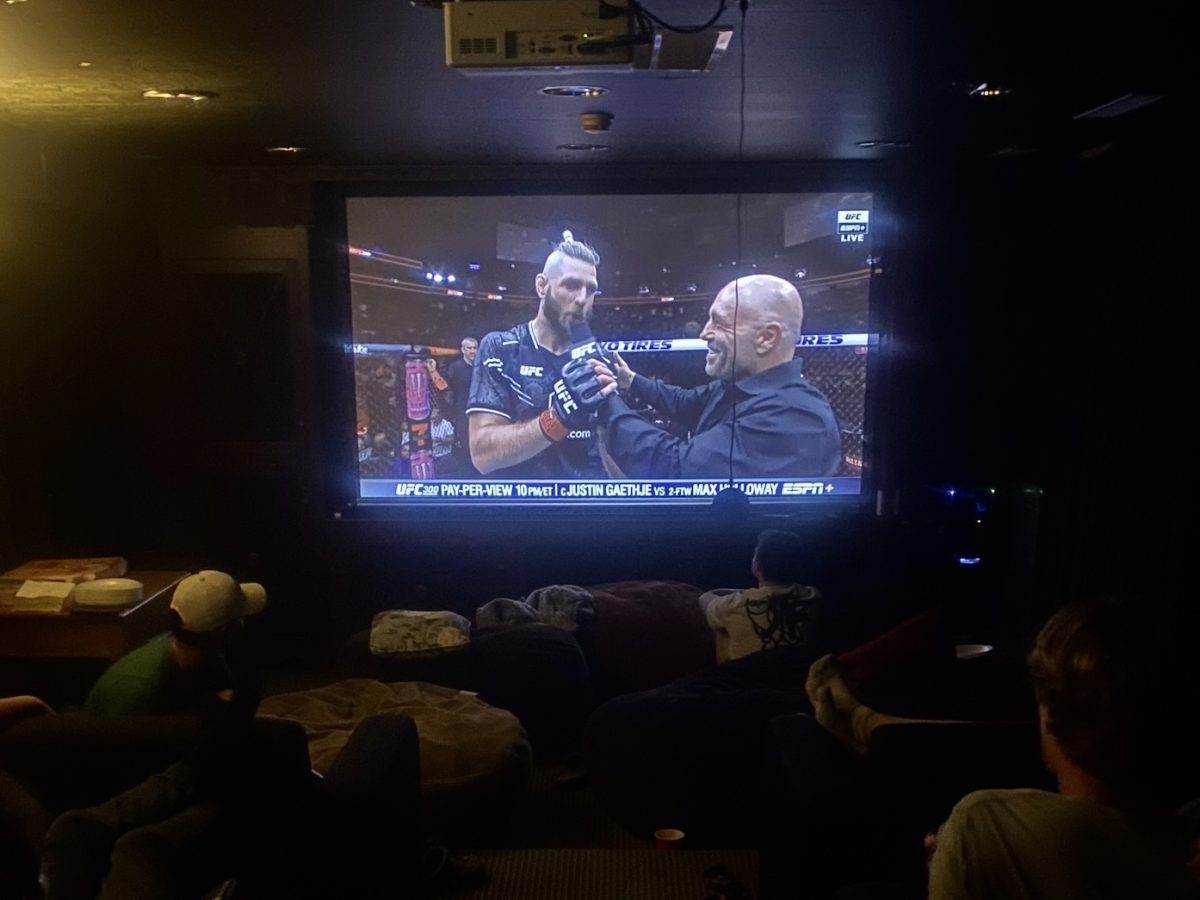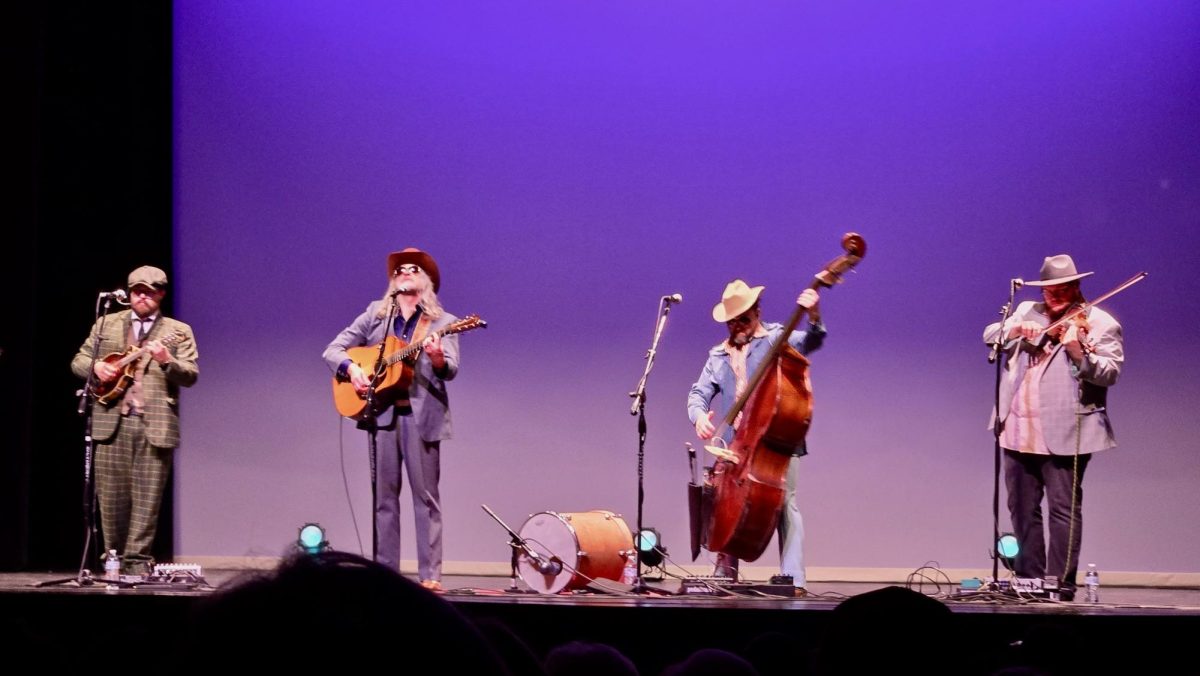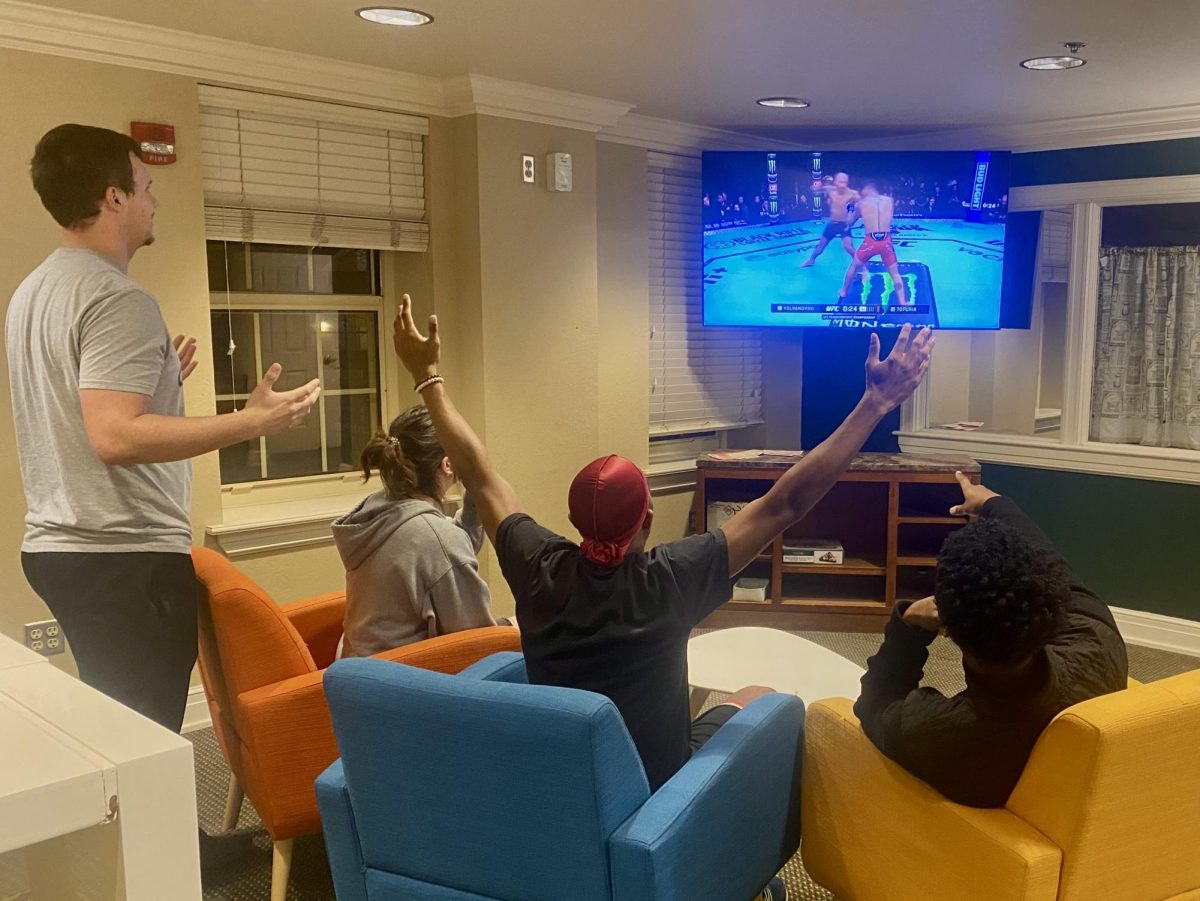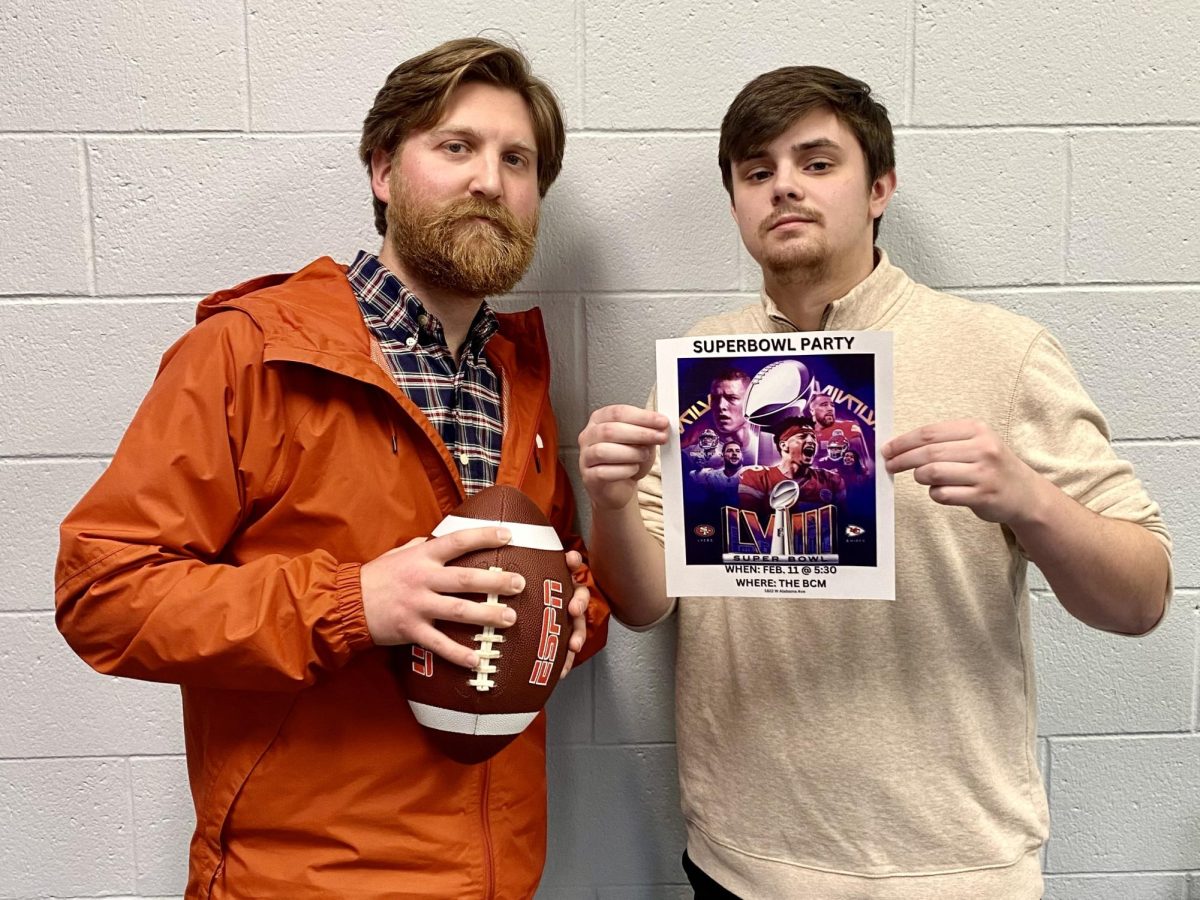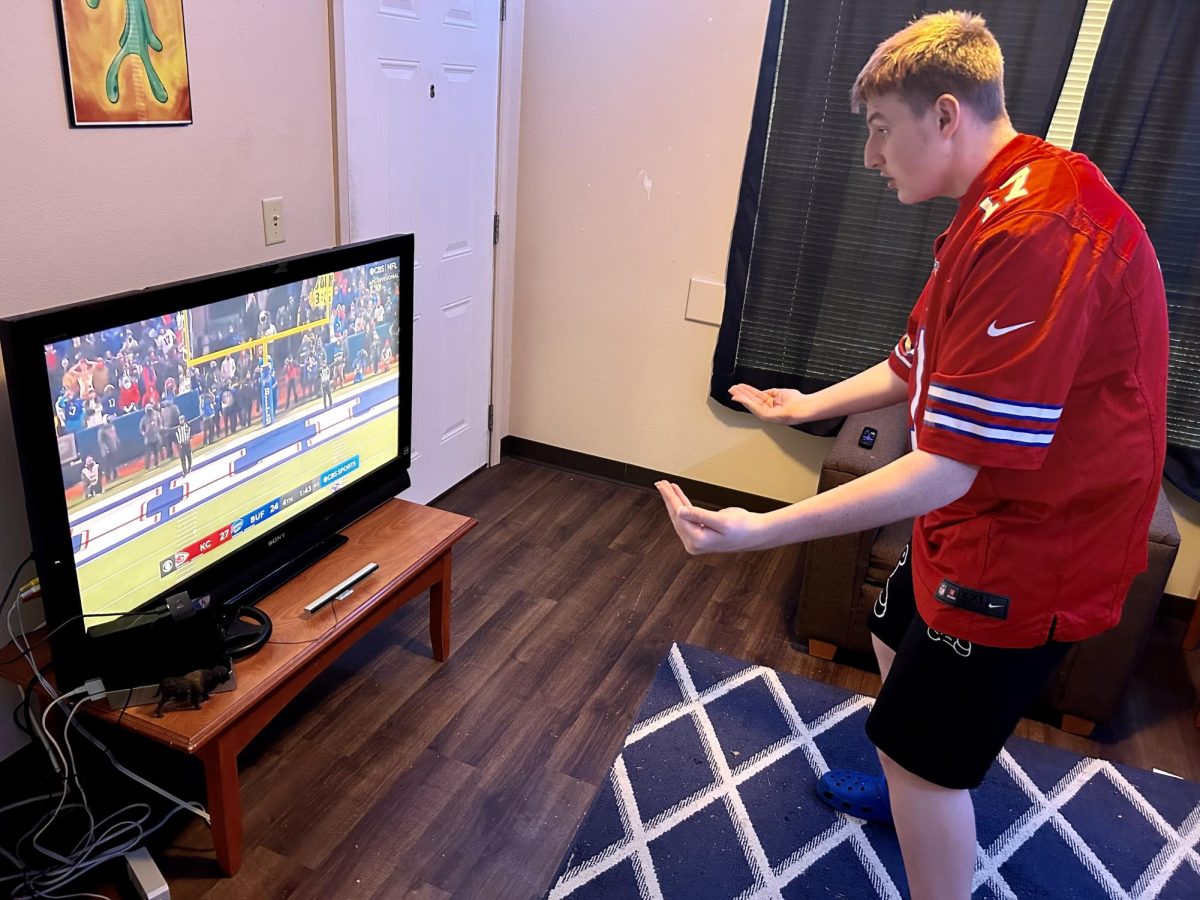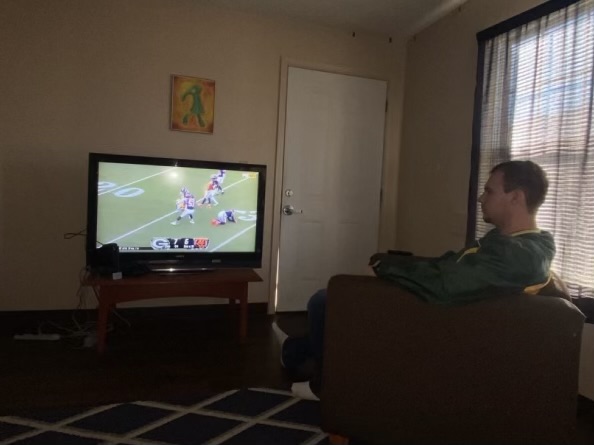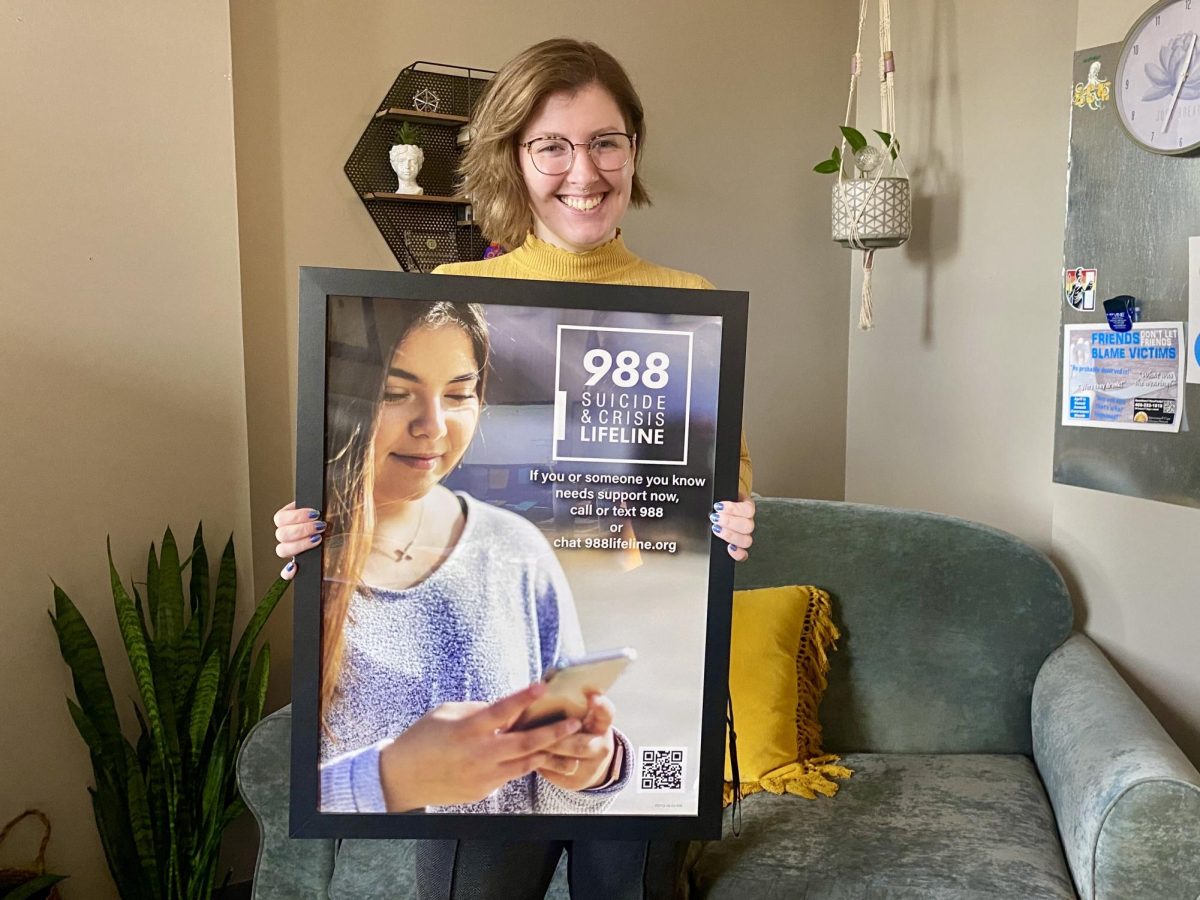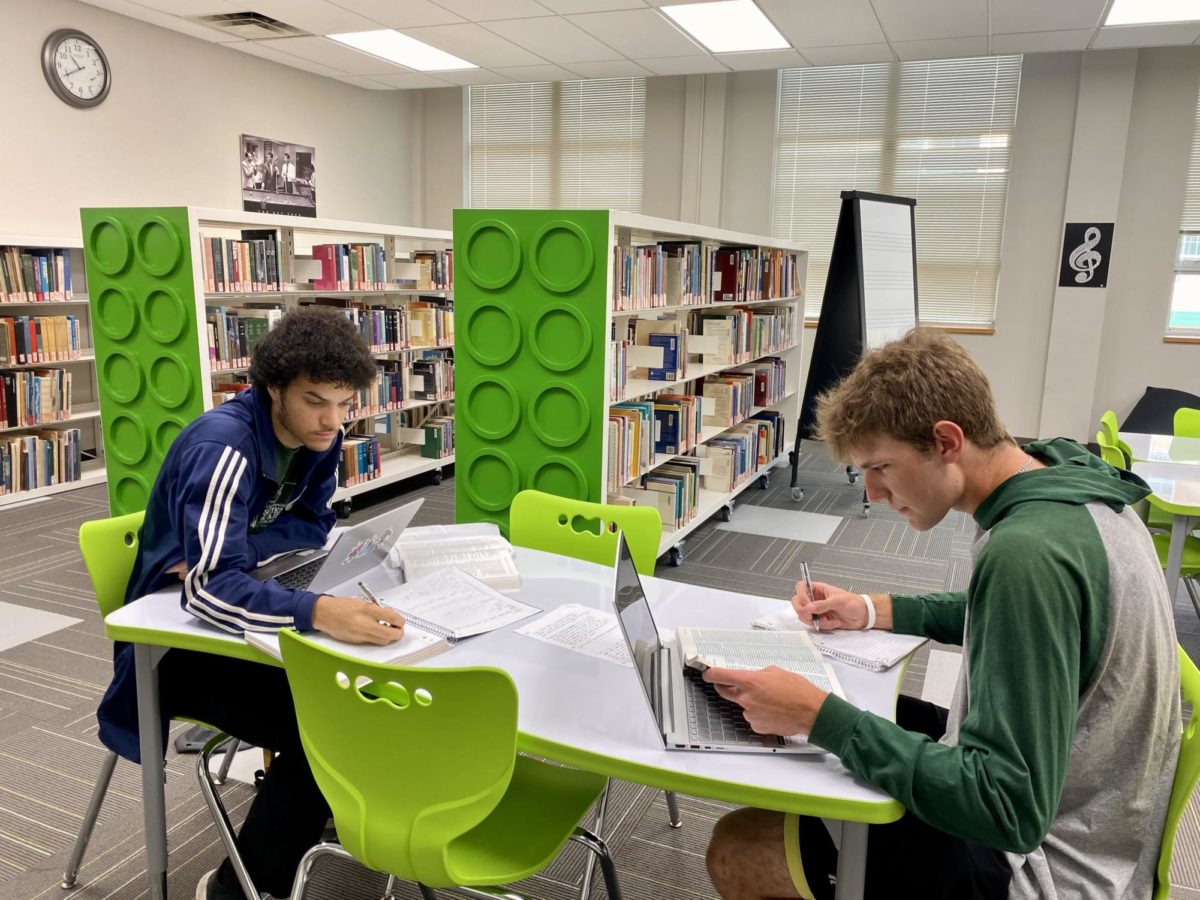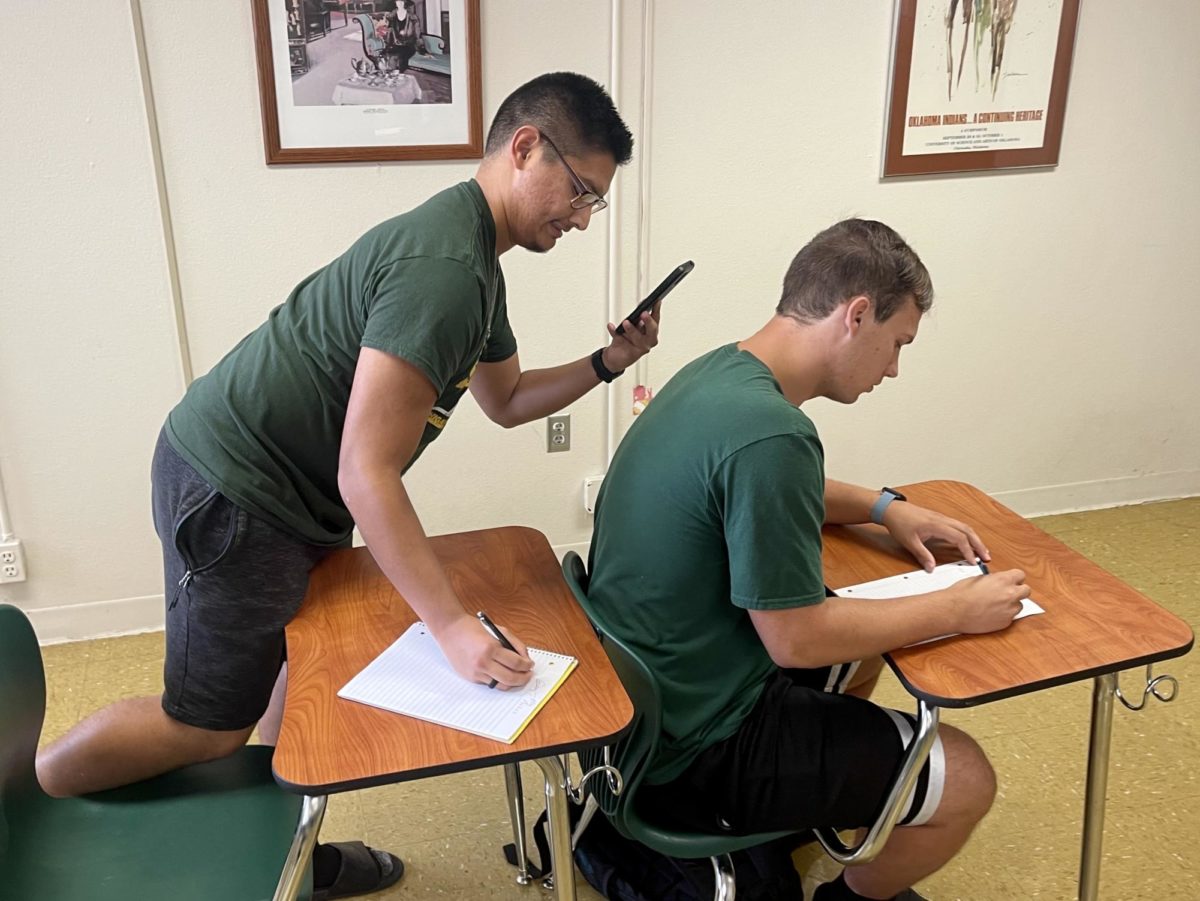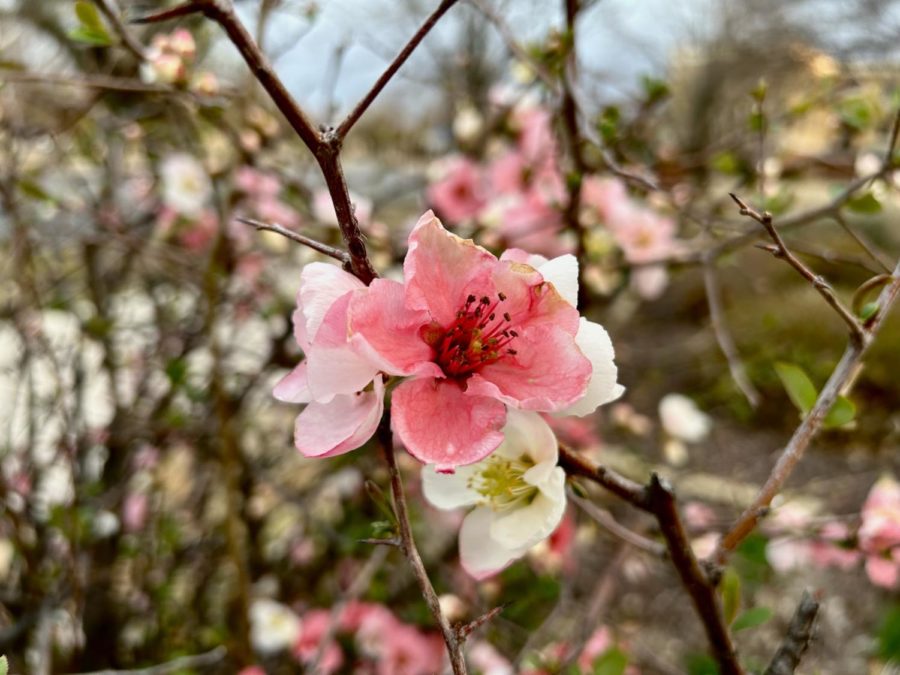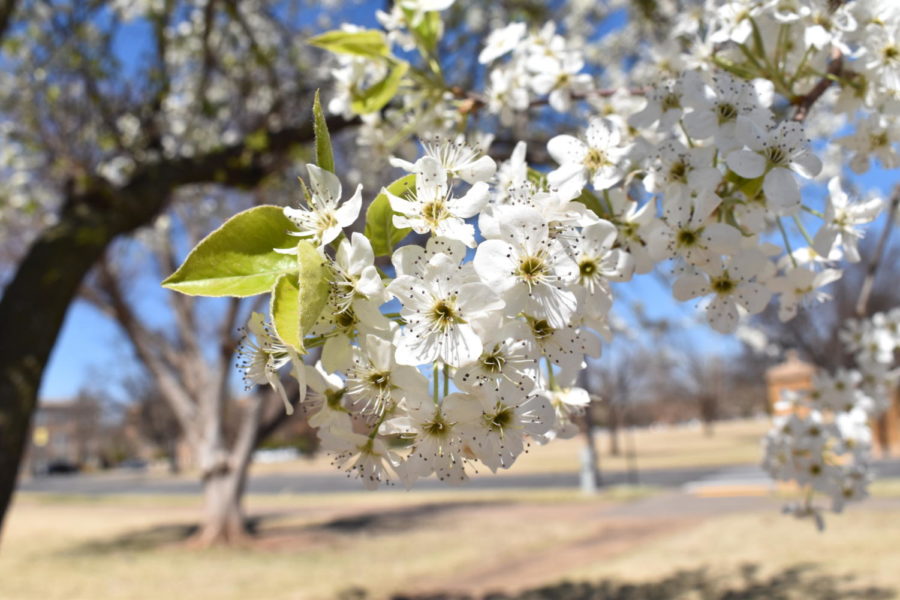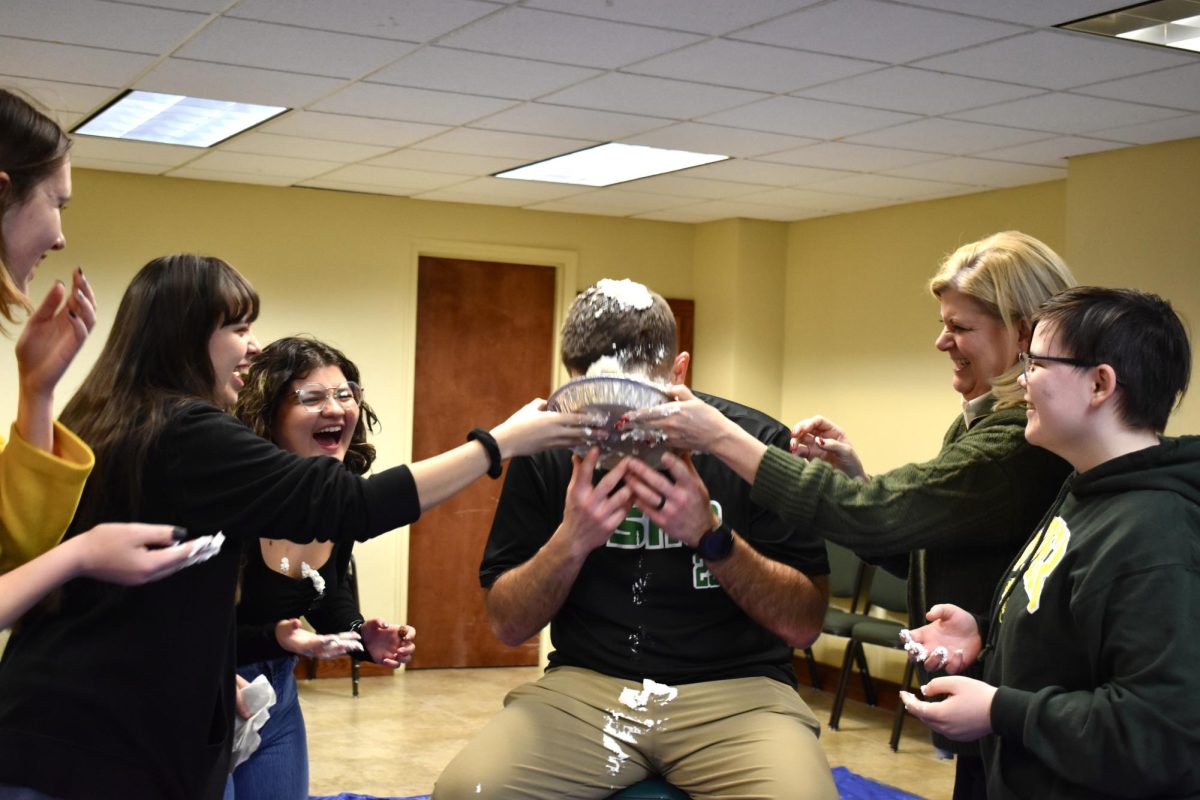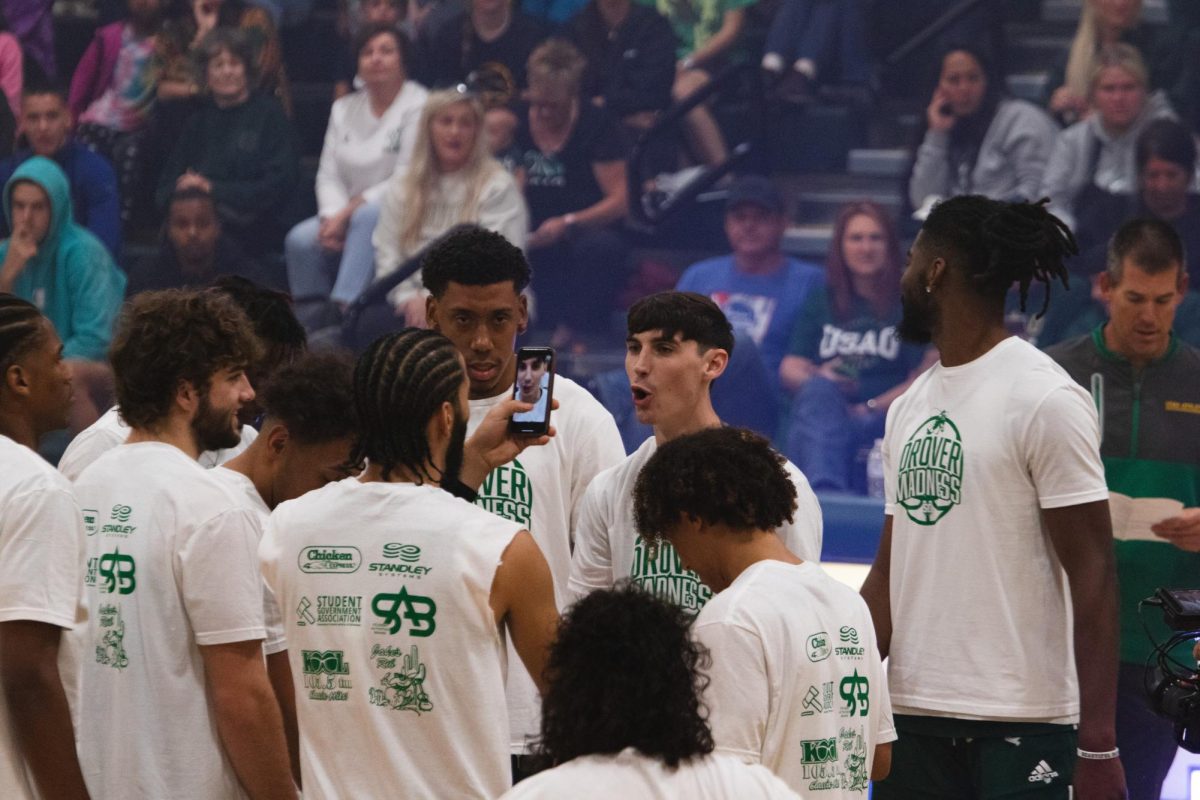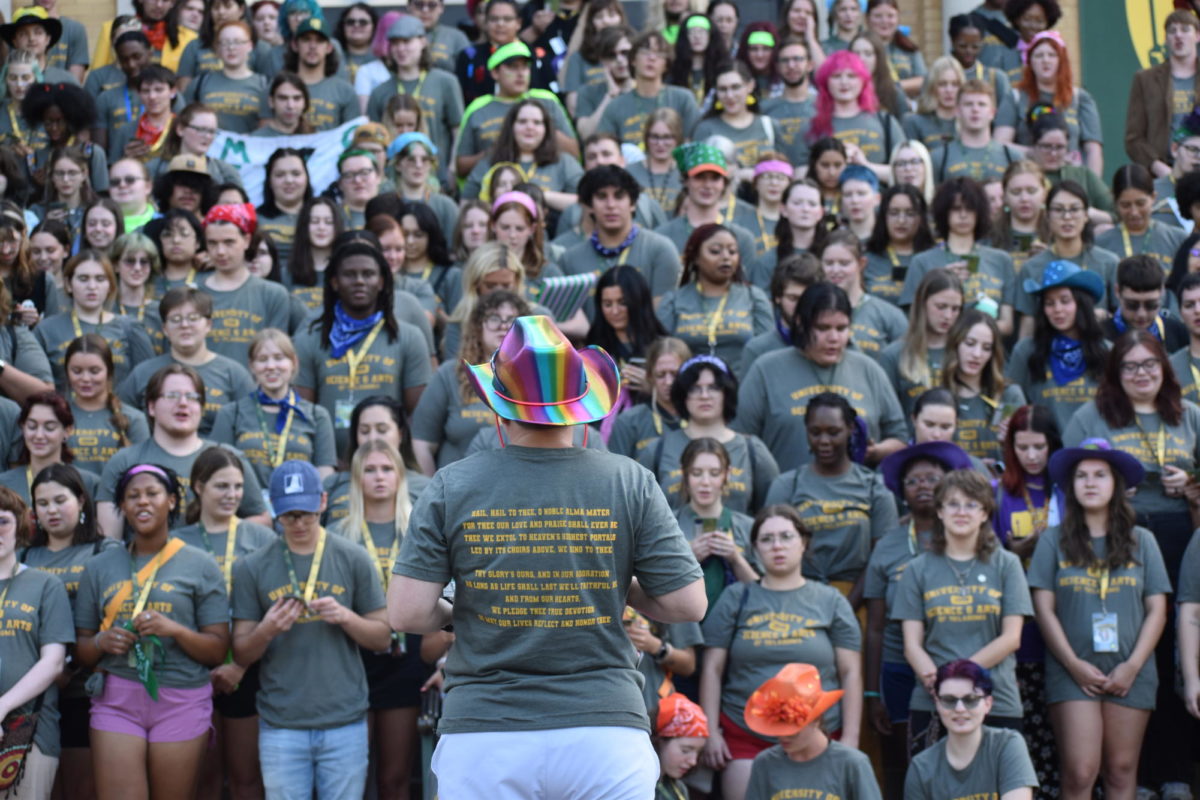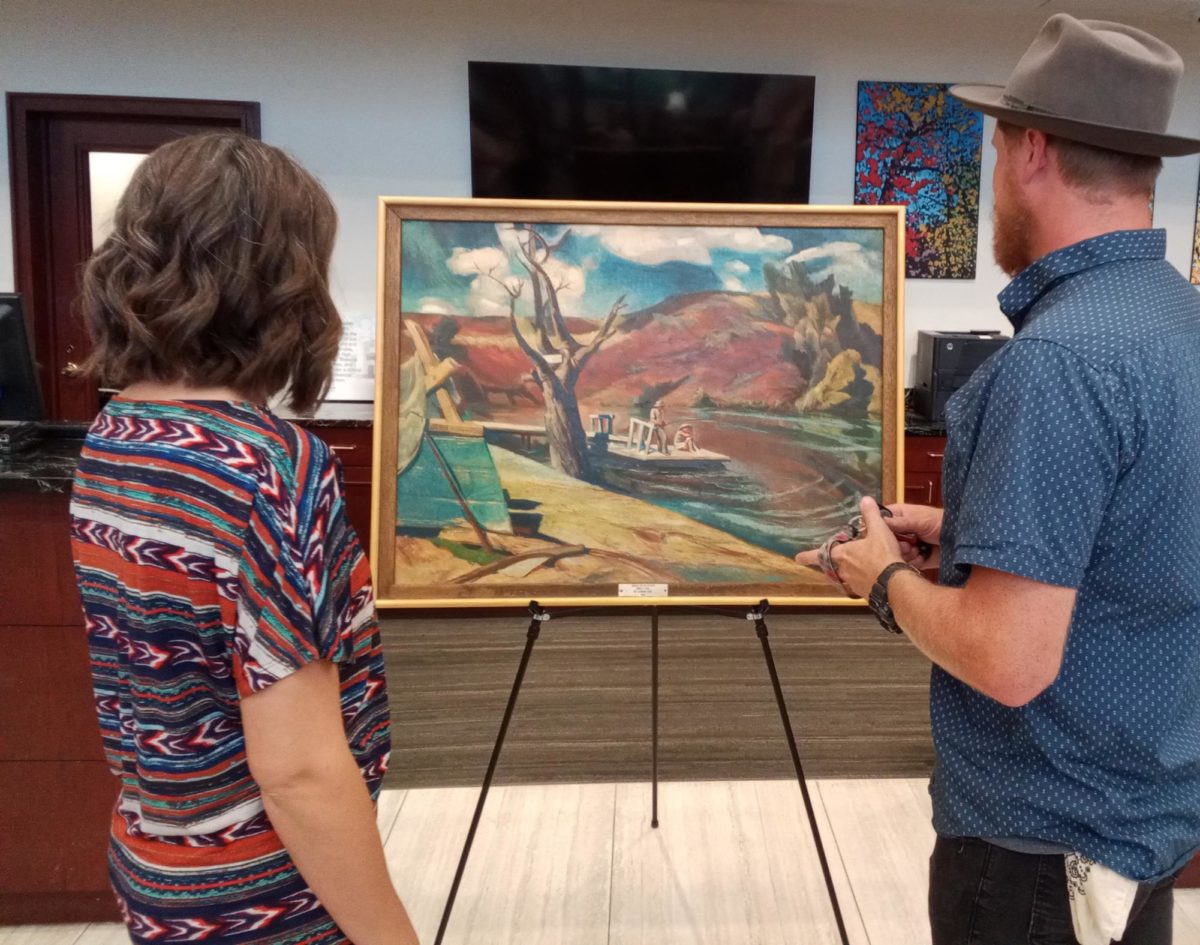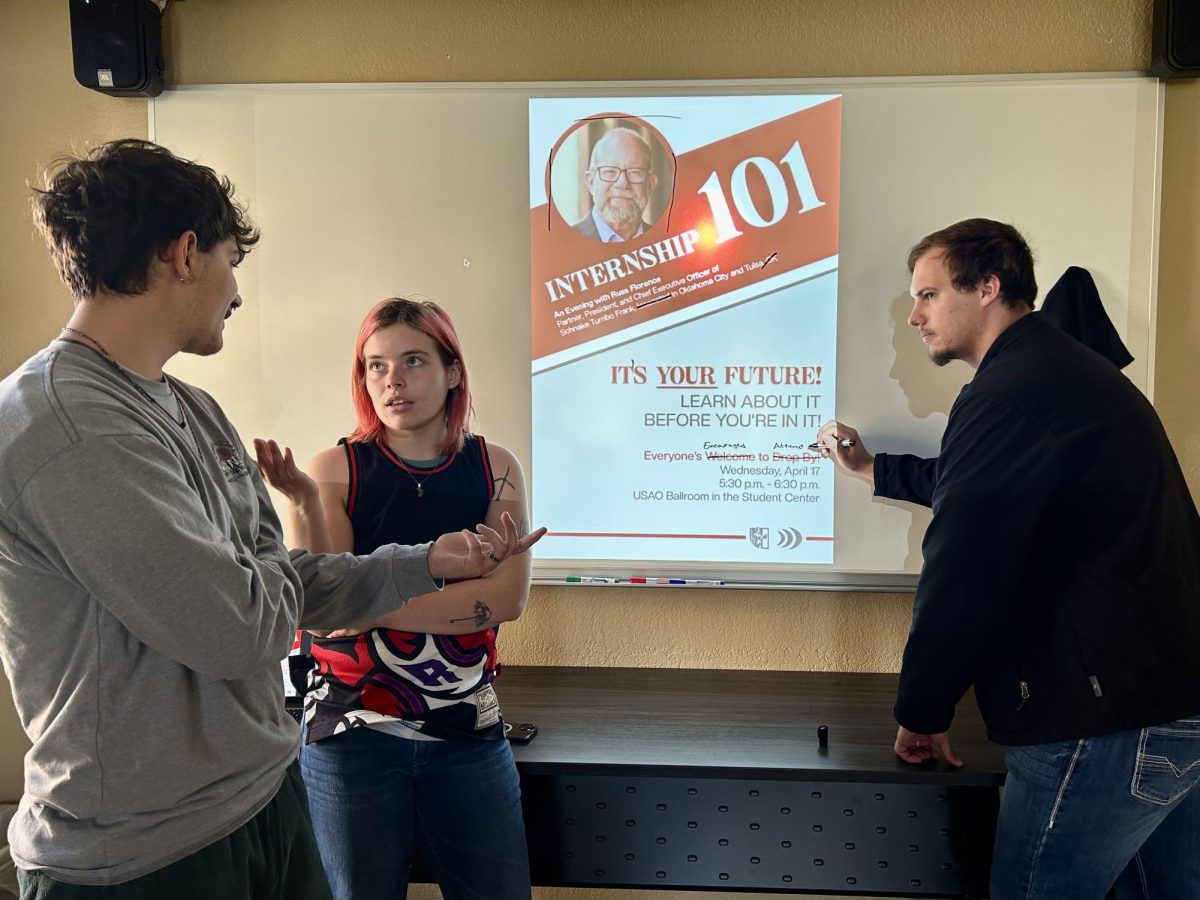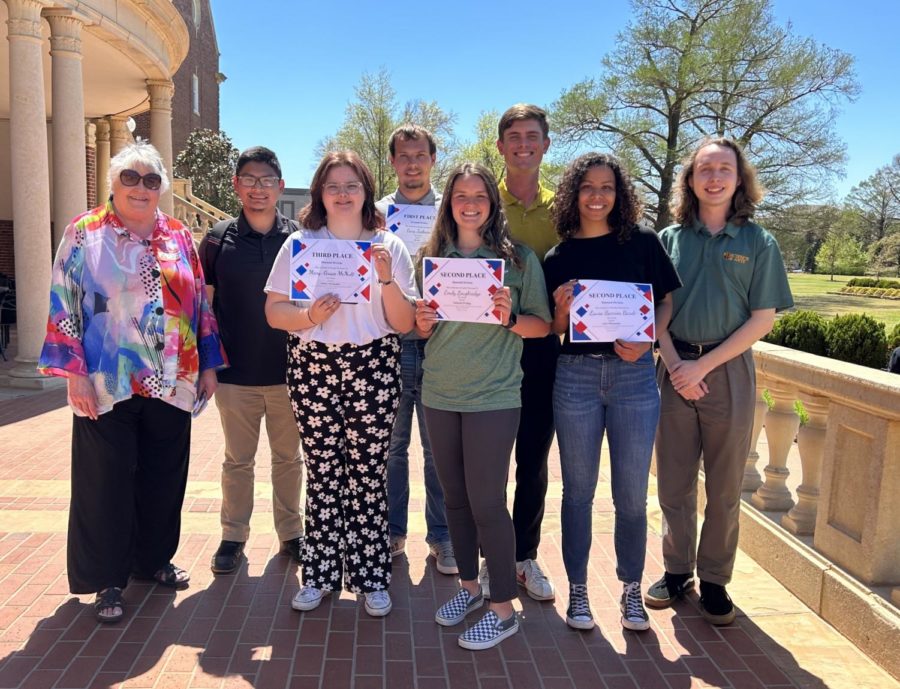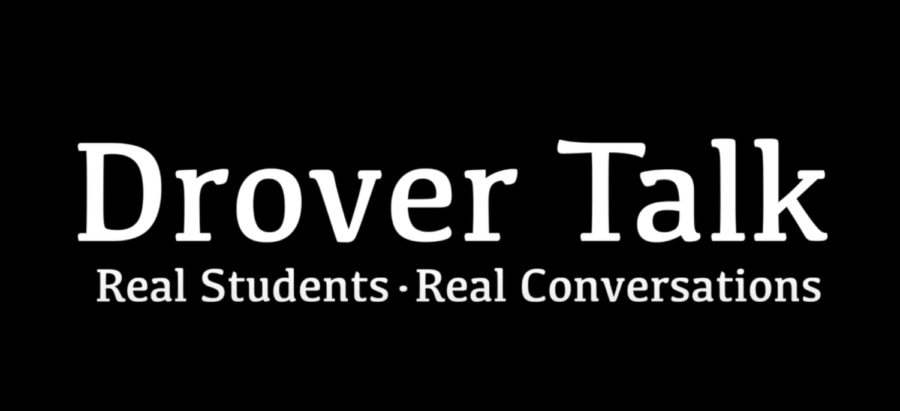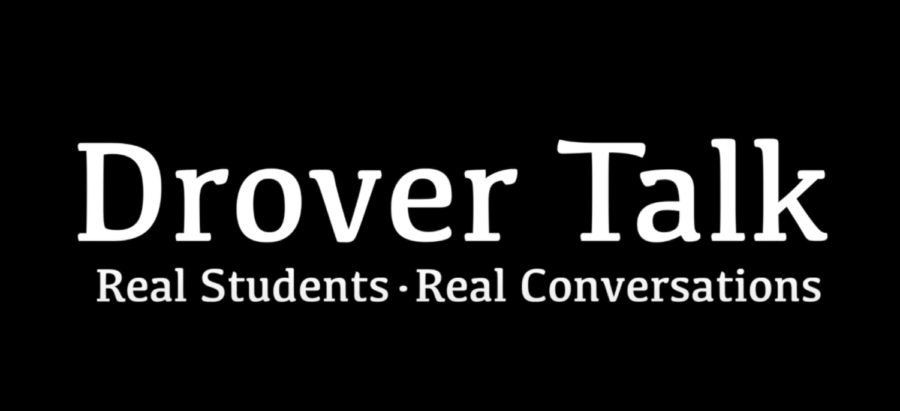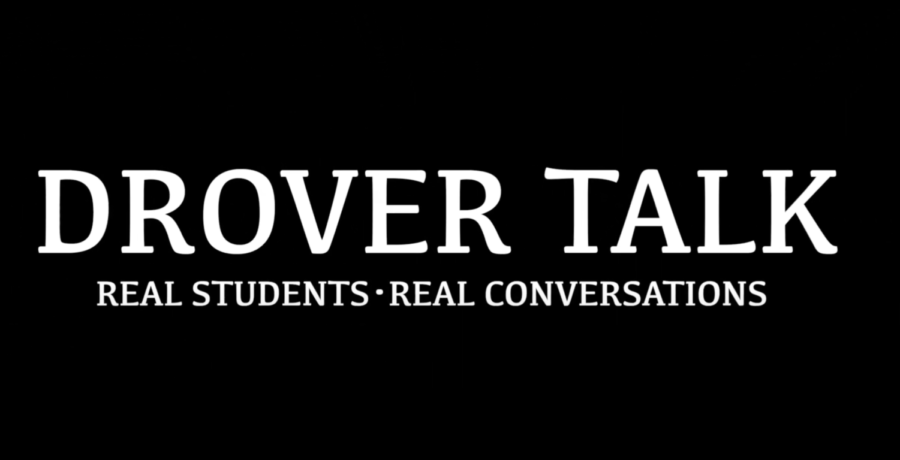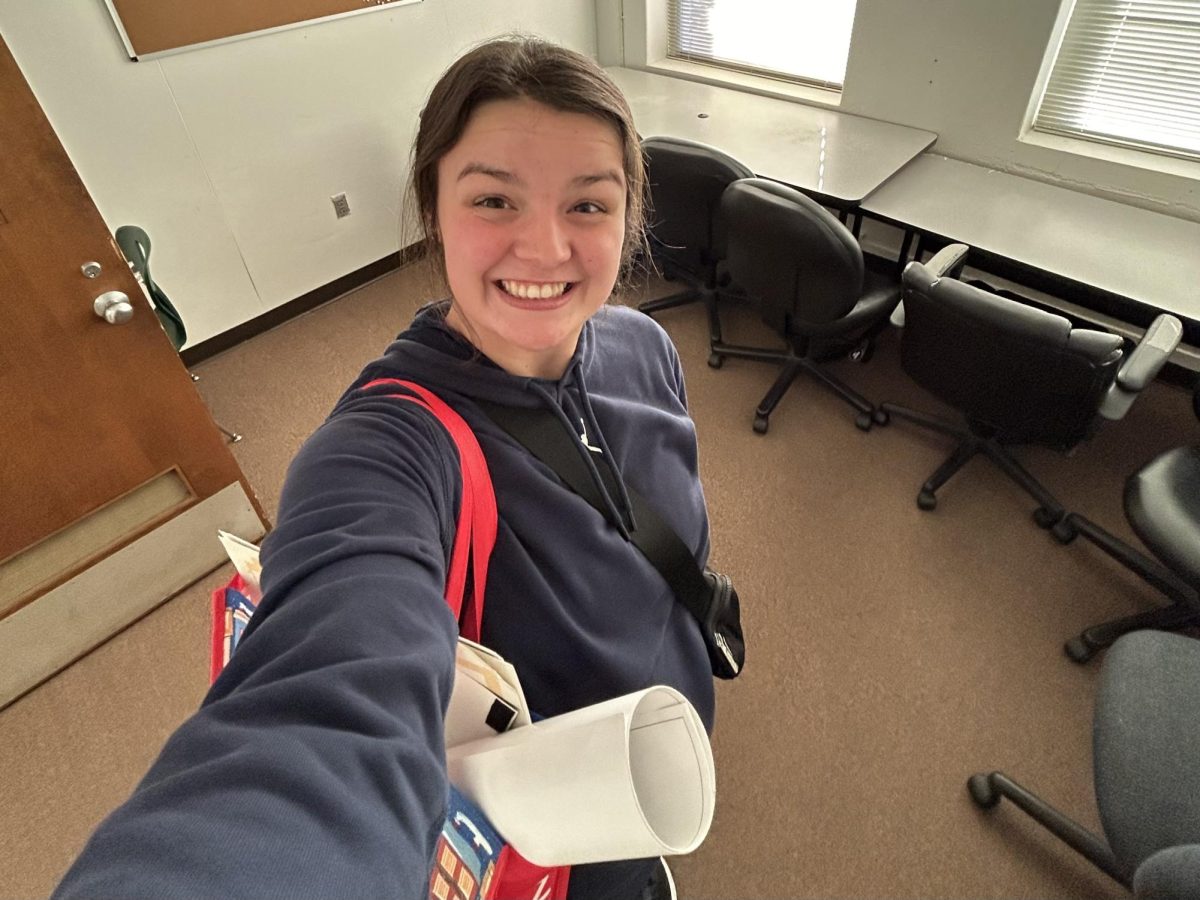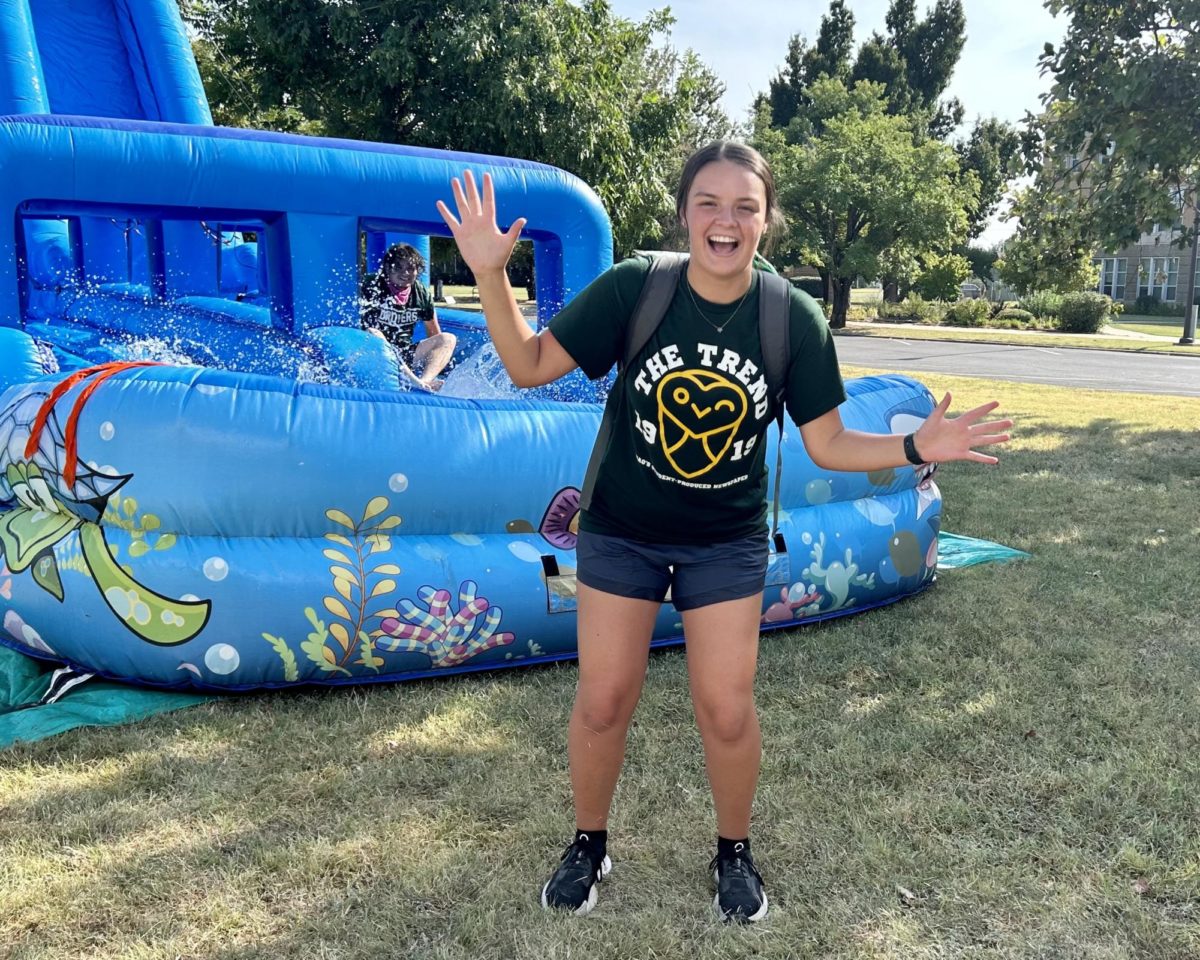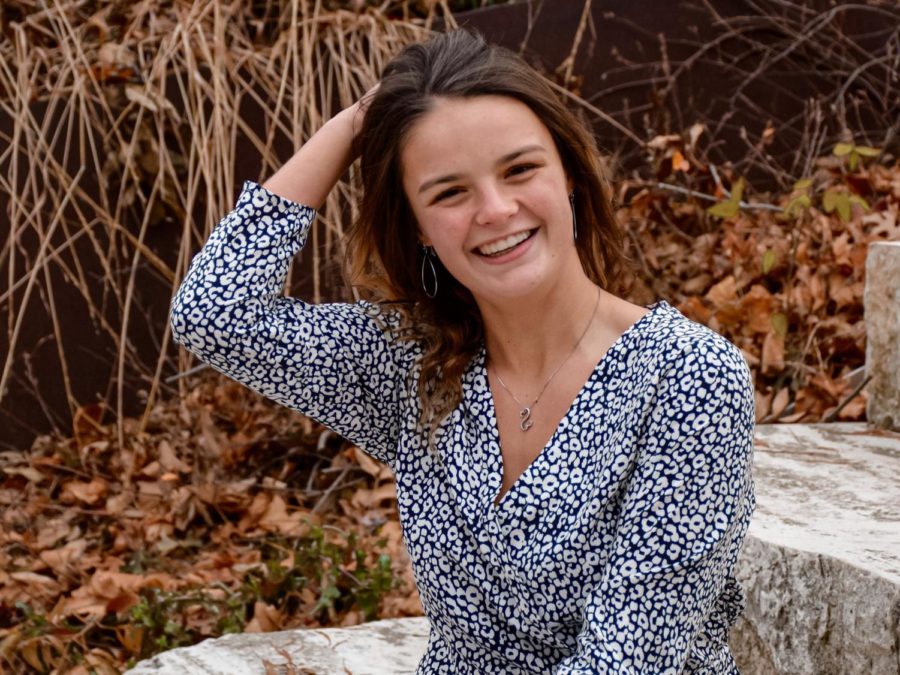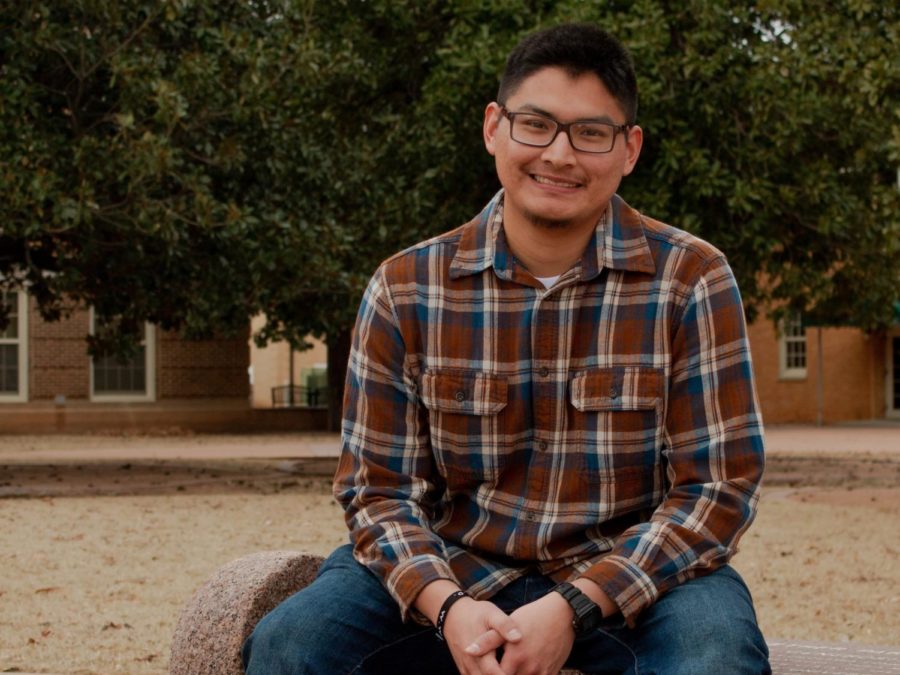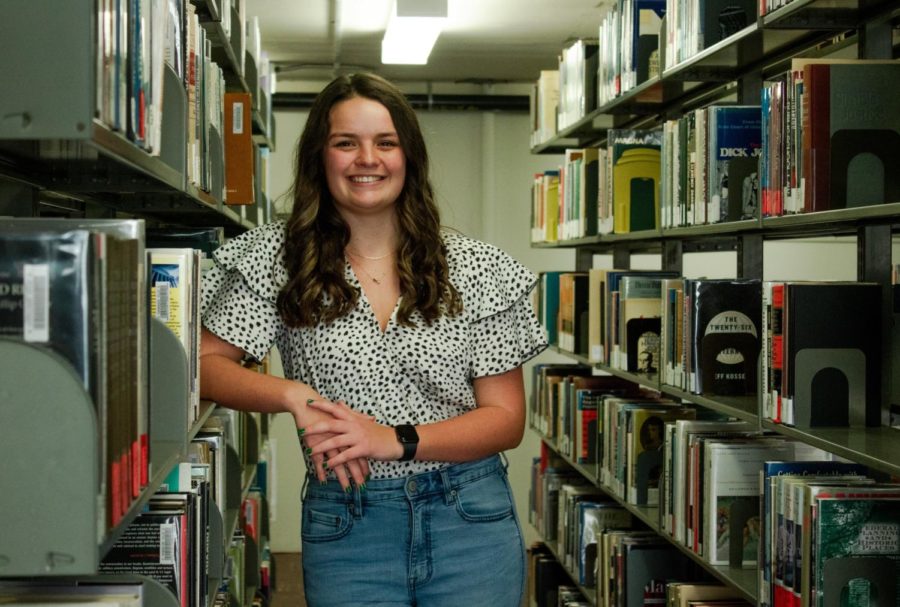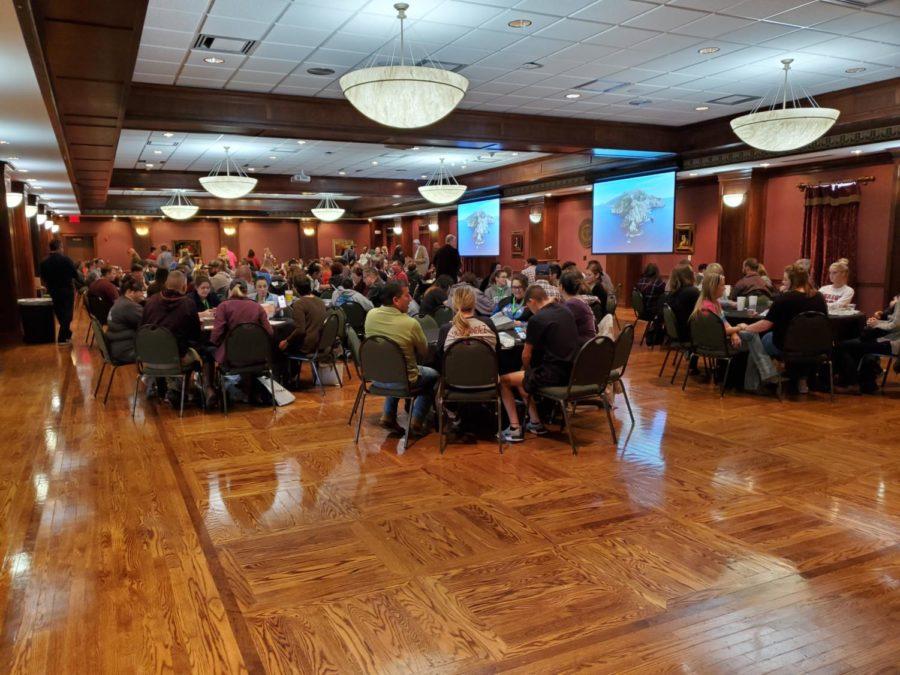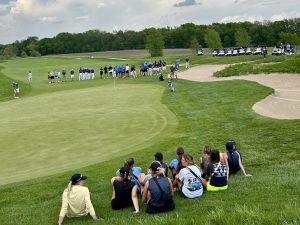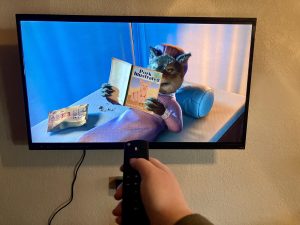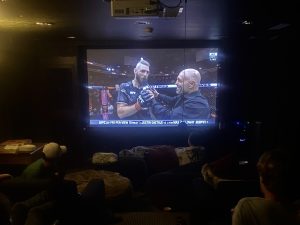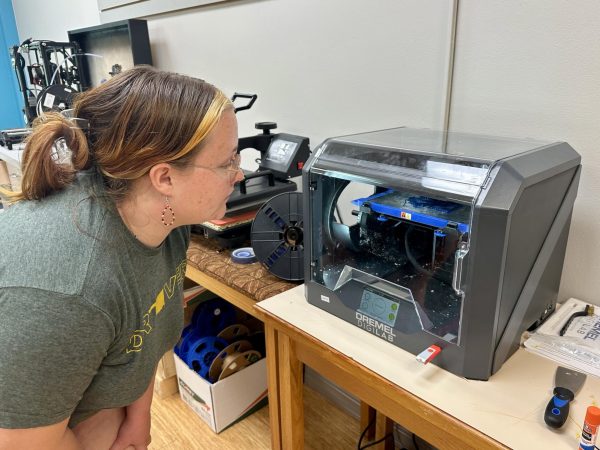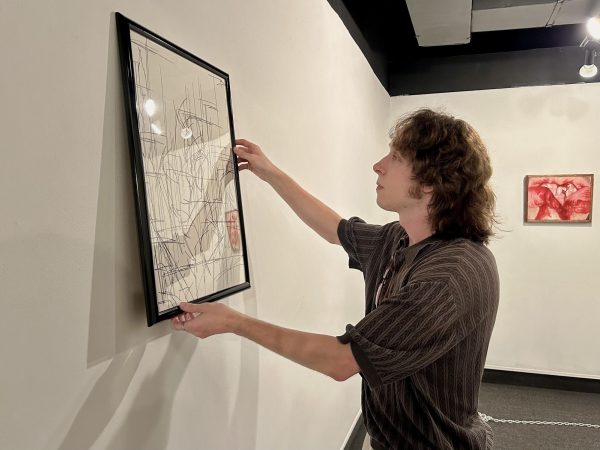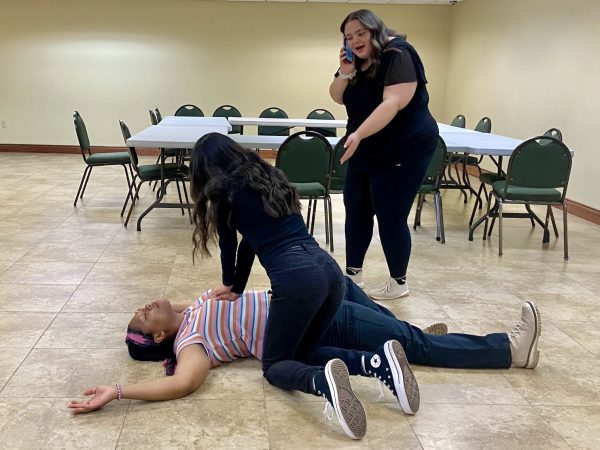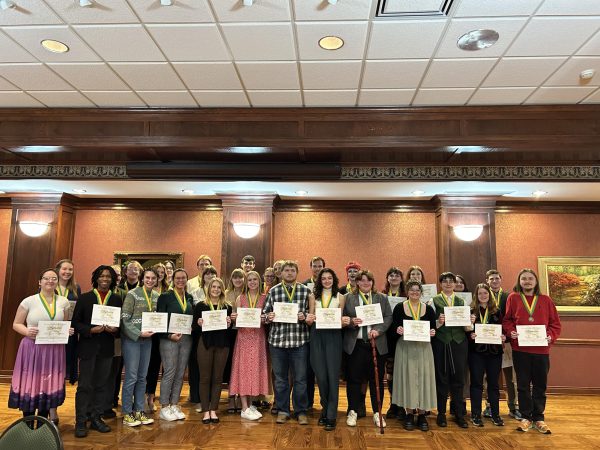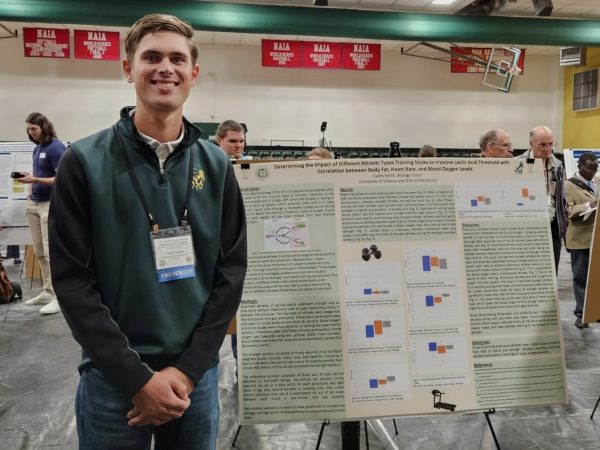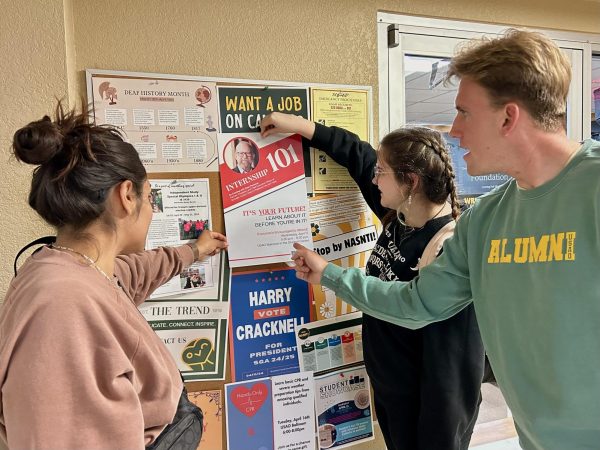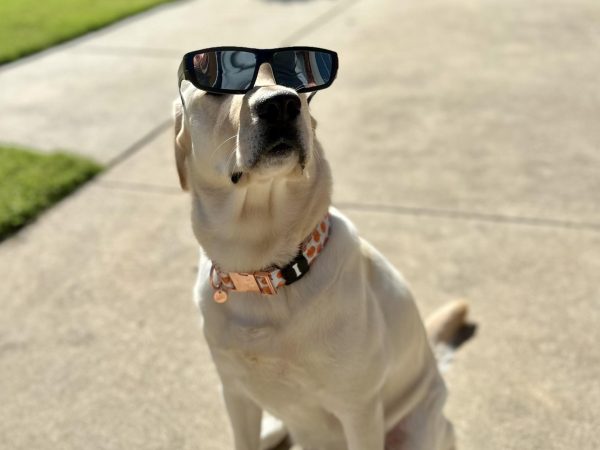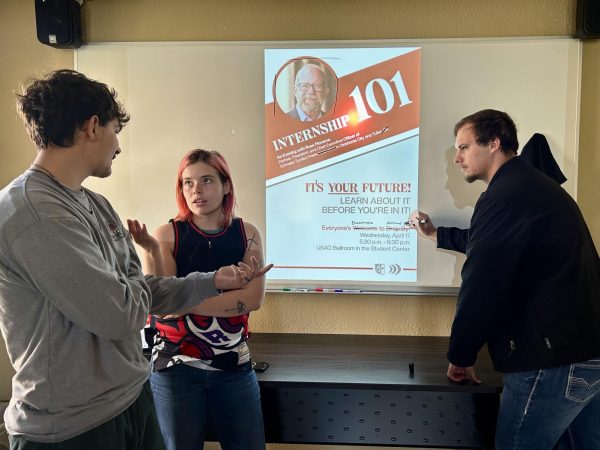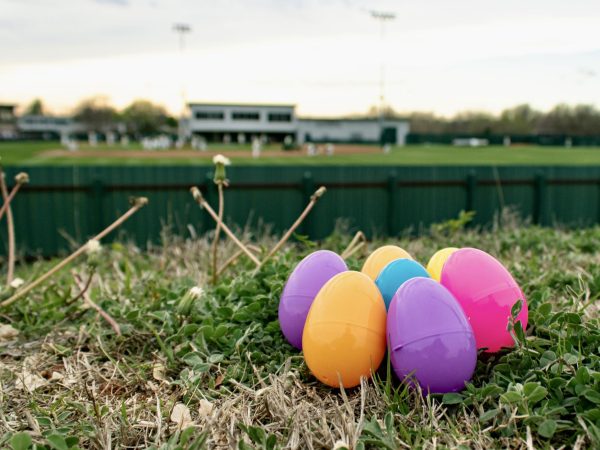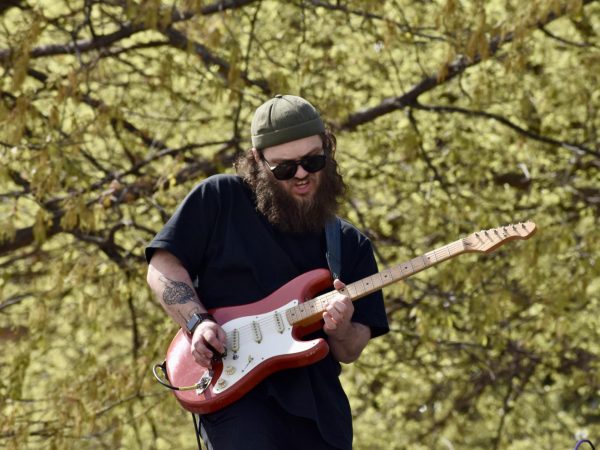Big Improvements In USAO’s Future
December 31, 2019
Contributing Writer
Universities across America have experienced a decline in enrollment, and University administrators are worried. USAO is no exception.
According to the National Student Clearinghouse researcher’s “Current Enrollment Estimate,” the overall enrollment in U.S. colleges decreased by 1.9% as of spring 2019. Oklahoma universities have experienced a -2.9% decrease in enrollment in spring 2019.
While enrollment is dropping nationwide, liberal arts courses and universities are taking an even bigger hit. Public Broadcasting Service (PBS) recently reported that the number of undergraduate degrees in Liberal Arts subjects “fell by at least 15 percent between 2008 and 2016, even though the total number of bachelor’s degrees rose 31 percent during that time.”
Cathy Perri, the assistant to the President and director of enrollment management, said that a liberal arts education is very important and provides students with skills that they wouldn’t develop otherwise. She said she believes that the attitude towards college, especially liberal arts colleges, has changed over the years, which has led to the decline in enrollment both at USAO and other universities. But, Perri said, the abilities that a liberal arts education provides students will help them adapt better in real-world situations.
“Even if you aren’t funneled into a job you studied for, you’d be better able to adapt,” she said.
Perri said there could be a misunderstanding about liberal arts education and universities with the current views many people have on politics and national leadership today.
“People hear Liberal Arts and assume there’s just a bunch of liberals on campus when that’s not true because we also have conservative students and professors,” she said.
She also noted that USAO’s liberal arts program encourages students to learn how to think freely, form thoughts, and express them properly and has nothing to do with someone’s political perspective. With this in mind, USAO has decided to take a look at its current recruiting process and expand it to reach more prospective students.
USAO is in the process of making some changes to the recruiting process and, according to Associate Director of Admissions April Lawrence, President John Feaver has “put together a task force” to discuss the decline in enrollment at USAO and what the university can do to recruit more students. Lawrence said more campus tours and reorganization of the current recruitment strategy are two suggested options.
According to Barry Feuerborn, Assistant to the Dean of Enrollment Management and Transfer Recruitment Coordinator, an annual average of 200 freshmen have enrolled at USAO in the past five years, the task force has set 210 for entering freshmen is 2020, which is one below the university’s highest number in the past five years. The average number of transfer students is 100. The ultimate metric for USAO is 1,200 students and there are 800 as of now.
According to USAO’s 5-year Annual Program Review Documentation, the annual headcount has dropped from 1,050 in 2010 to 800 in 2019. That’s a -23.8% change over 10 years. This means that the total headcount has dropped by 250 students in 10 years. This may not seem like a lot at first glance, but this is a very big problem for the university.
USAO is not a big commuter campus as of now and every dorm room is full. Living on campus has become more challenging. The goal is to recruit 350 more students and keep them without reducing the admissions standards. There are plans to remodel Willard Hall (next to the President’s home on Grand Ave.) which would make room for more students.
Feuerborn confirmed that admissions staff and recruiters are working on a new recruitment strategy. USAO already has a recruiting process in place, he said, with recruiters going to college fairs and schools to speak with prospective students, campus tours and reaching out electronically. The new strategy will build on the existing one and make improvements.
“Culture and values are very important to the new recruiting plan,” he said.
Feuerborn pointed to a whiteboard in the admissions conference room, full of recruitment ideas and plans to increase enrollment. He said the task force has created a one-page recruitment strategy that they believe will increase enrollment. Feuerborn said the team needs to be responsive and reliable for the plan to be productive.
The first step, he said, is to build relationships with potential students, parents, and counselors. He said the team will focus on the “funnel,” a reference to electronic-based communication such as emails, phone calls, and texts. Recruiters want to get to know their prospects and have face-to-face conversations to create an emotional connection because, as Feuerborn said, “Most of these decisions are based on emotion.”
The task force wants to build loyalty to USAO, he said, using personal handwritten notes and postcards from admissions counselors and current students. The university will also send ThankView videos, personalized for prospective students inviting them to a campus tour. A letter from President Feaver will be sent to prospective students after their campus tour.
The second step, according to Feuerborn, focuses on traveling to schools to talk about USAO. The team will focus on a 60-mile radius at first before eventually going statewide. Recruiters will cover the three territories in Oklahoma: OKC metro area, Eastern Oklahoma, and Western Oklahoma. Each recruiter will visit 40 high schools in their territory per term to build brand awareness in schools.
Feuerborn said recruiters will continue to attend college fairs and follow up with schools where they think the university would have the best chance of recruiting students. The recruiters will also do student and cafeteria visits with a wheel to spin for prizes, along with spending time with counselors. He said recruiters need to explain the importance of a liberal arts education by pointing out that USAO students are successful in graduate school because of their written and verbal skills.
“Fall is a big push for travel because of scholarship deadlines,” Lawrence said.
Recruiters and prospective students feel the pressure during the fall trimester because of scholarship deadlines, Lawrence said. USAO starts enrolling in spring for the following fall, which means the university needs to make sure to send information about the university, scholarships, and majors to prospective students early enough to make these deadlines.
The third step is to focus on increasing campus tour traffic. Feuerborn said admissions counselors and students will encourage campus tours with personal notes, texts, postcards, emails, and calls. “USAO.edu/tour” will be printed on the back of postcards and embedded in emails. The task force will also work towards building a tour tracking report for goal setting next year by implementing a campus tour enhancement plan and a reliable, systematic tour intake process.
The fourth step will focus on increasing USAO student involvement. Feuerborn said he wants to see USAO student delegates give tours, write personal notes, and texts to assist the funnel. They will also use the President’s Leadership Council (PLC) and other student leaders to send notes and encourage campus tours. The task force plans to brainstorm with students on what tactics work.
Feuerborn said the final step focuses on data and reports. In performance and prospect management, the task force will ask themselves: “What is going on with our prospects on a weekly basis?” and “Are we seeing movement through the funnel?” In return on investment (ROI), they will ask themselves: “Are our recruitment tactics effective in moving prospects through the funnel?” and “Are our behaviors and resources having the right impact?”
That is the 2019-20 USAO recruitment strategy and it will be built up every year as the USAO team reaches its goals. The team has an outline for its 5-year strategy, but the new recruitment process has not started as of now.
“We’re going to try to make data-based decisions by looking at trends,” said Feuerborn
The task force plans to use data to find more strategies to get the attention of prospective students. Feuerborn said he had not yet seen data for handwritten postcards at this time but said that it is a common practice for recruitment. One of the ideas is to ask members of student organizations to write letters to
prospective students from the high school they went to with a picture of USAO’s campus inside, inviting the high school students to visit the university.
“We just need more people to know who we are,” he said.
Feuerborn said the challenge is that USAO is considered a central region university, and most prospective students don’t consider it when picking a university because they don’t know about it or don’t understand the importance of a small liberal arts university.
“Kids in Yukon can get here way faster than they can get to UCO without all the traffic,” he said.
Feuerborn acknowledged that every university says that they’re small, but that USAO is truly a small university. He said he has seen first-hand where a student wasn’t going to class at USAO and his absences were noticed because of the smaller class sizes and the concern of the faculty. Some students want to go unnoticed in college, he said, while others want a more personalized experience. Feuerborn said this is where USAO is different from larger universities.
“You’re going to get a discussion in your class instead of a teacher’s assistant (TA) who says, ‘Hey, here’s the syllabus, you can come or don’t,’” Feuerborn said.
With a fresh outlook and new ideas, USAO is hoping to show more prospective students the beauty of the college’s campus, the unique culture, and liberal arts education that only USAO can offer.

